

BRAND SPOTLIGHT
Classic World's Global Sales Director Alain De Rauw talks toys, trends & the Aussie market on page 8


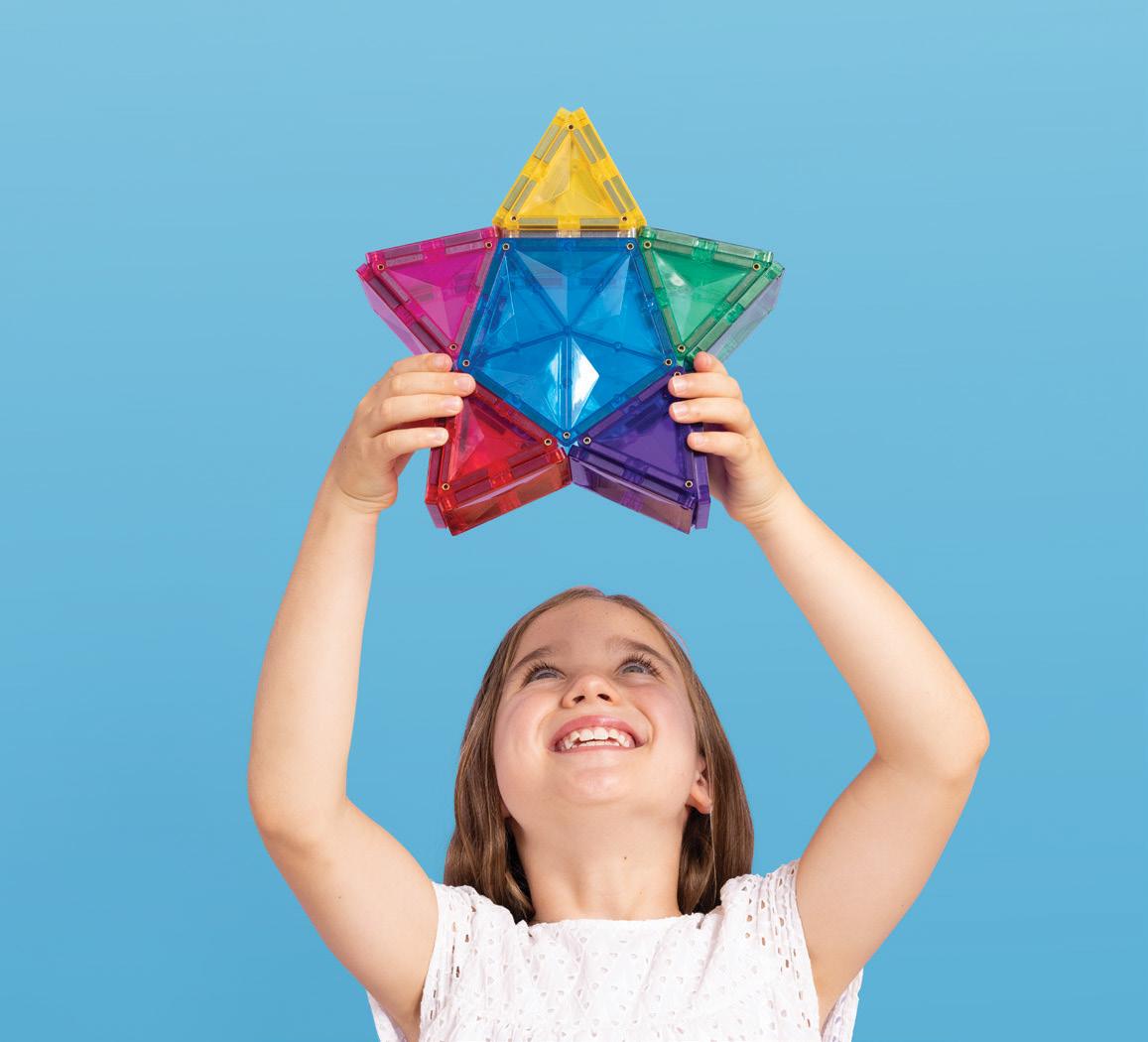

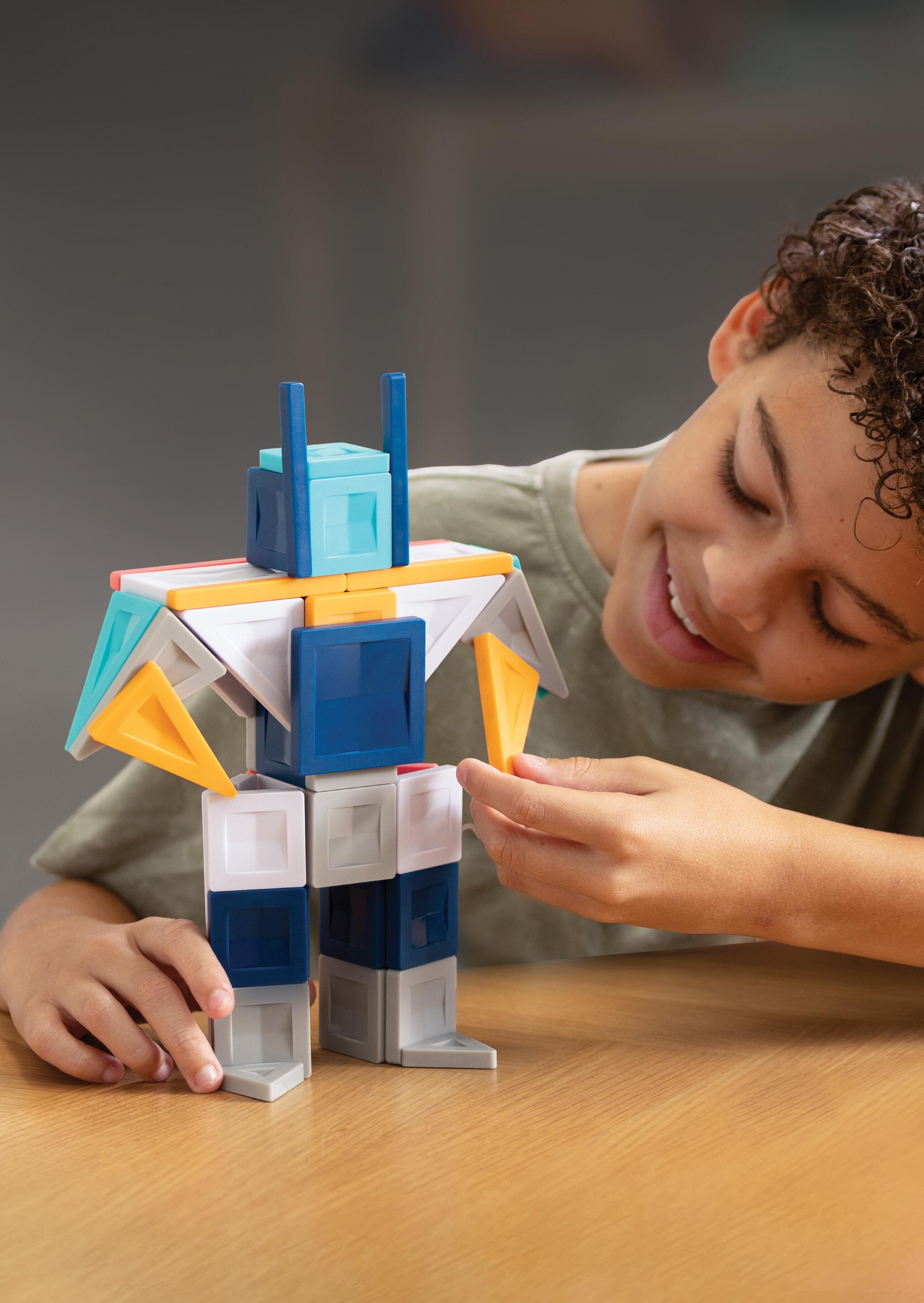





Classic World's Global Sales Director Alain De Rauw talks toys, trends & the Aussie market on page 8







In this edition of Toy Universe Magazine, we shine a spotlight on a partnership redefining the landscape of educational and sustainable play — Classic World & Johnco. As two respected names in the toy industry, their collaboration marks the beginning of a fresh chapter that blends innovation, ecoconscious design, and developmental learning.
In recent months, Australia’s toy industry has seen a major surge in collectibles and nostalgia-driven sales, with global and local trends influencing everything from spending habits to retail strategies.
Labubu collectible toys by Pop Mart have taken Australia by storm. A new flagship store in Melbourne drew massive crowds, with fans camping out overnight for limited-edition figures [1].
Pop Frenzy, the Australian distributor, now requires minimum purchases and limits how many blind boxes each customer can buy. However, experts caution against viewing these toys as long-term investments, as resale prices are volatile [2].
Meanwhile, vintage Happy Meal toys are enjoying a second life. eBay Australia reports a 56% spike in sales of classic toys from the ’80s, ’90s, and 2000s, with some items selling for hundreds of dollars [3]. This nostalgia wave has turned casual collectors into serious sellers.
We are also seeing the rise of “kidult” culture—adults buying toys for fun or display—is shaping retail trends.
Managing Director — Tony Bugg tony@buggsolutions.com.au
Editor & Designer — Matthew Bugg matt@buggsolutions.com.au
Published by Bugg Marketing Solutions info@buggsolutions.com.au PO BOX 491, Berwick VIC 3806
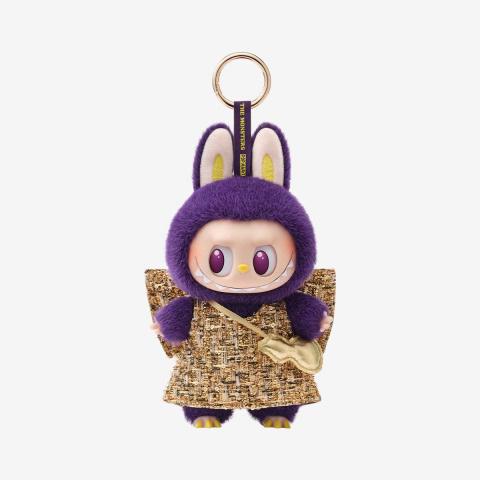
Brands like Jellycat and Pop Mart are capitalizing on Gen Z and millennial buyers, with retailers like David Jones reporting increased demand for toys targeted at adults [4].
Market data shows the Australian toy industry was valued at around AUD 1.75 billion in 2024, with strong growth expected. Key drivers include rising demand for educational toys, collectibles, and online shopping, along with growing interest from adult collectors [5].
STEM toys, eco-friendly materials, and digital integration (like AR play) are key trends. Online sales now account for over 35% of total toy purchases, outpacing traditional retail growth [6].
Australia’s toy industry is evolving fast—driven by collectors, kidults, tech, and social inclusion—all while keeping a firm grip on nostalgia.
We hope you enjoy this edition of the magazine!
NEWS FROM THE TOY UNIVERSE
CLASSIC WORLD AND JOHNCO: A NEW CHAPTER IN PLAY
CONNETIX IS LEVELING UP MAGNETIC TILE PLAY WITH SMART DESIGN AND INNOVATION!
ZURU TOYS — SLIME MART INTRODUCES A FRESH TWIST ON THE CLASSIC SLIME EXPERIENCE
A SUCCESSFUL JUNE FOR THE AUSTRALIAN TOY ASSOCIATION
INTRODUCING EMMA RUSSELL — GLOBAL BRAND LICENSING & CONSUMER PRODUCTS EXPERT
WE SPEAK TO KIMBERLY CARCONE — EXECUTIVE VICE PRESIDENT, GLOBAL EXPERIENCES
FEATURE INTERVIEW — VEVE COLLECTIBLES (REDEFINING FAN ENGAGEMENT IN THE DIGITAL AGE)
STORIES FROM GG'S TOY BOX (RETURN OF THE SING BOOKS – A SHOWBAG SURPRISE)
MARKET WRAP — KALEIDOSCOPE’S BIG CHRISTMAS
FEATURE ARTICLE — NIC JONES (LEADING IN THE MOVEMENT TO SOCIAL SHOPPING)
OPINION PIECE — I AM THIERRY (OWN BRAND IS EATING THE TOY AISLE AND NOBODY’S TALKING ABOUT IT)
THE NEW AGE OF DIGITAL — AI CANNOT BE SMARTER THAN YOU
ACCORDING TO DOWNSEY — HALF YEAR REPORT: KEY TRENDS SHAPING UK LICENSING
TOY STORIES 3 — 45 YEARS OF AUSSIE TOYS
BRAND
EDITION 17
AUGUST 2025
KEEPSAKE TRADING CARDS AND SKYBOUND ENTERTAINMENT PARTNER TO UNVEIL PREMIERE INVINCIBLE TRADING CARD COLLECTION FOR HIT ANIMATED SERIES INVINCIBLE
Keepsake Trading Cards, an industry leader in highend trading and collectible cards, in collaboration with Skybound Entertainment, proudly announces the debut of the Invincible Keepsake Premiere Trading Card Collection—a first-of-its-kind, premium collector’s experience based on Skybound’s smash-hit, critically acclaimed animated series that airs on Prime Video.
READ MORE ON THE BUGG REPORT WEBSITE
Axis Toys & Gifts is excited to launch the 2025 Swim Essentials collection, now available for wholesale throughout Australia and New Zealand. Designed in the Netherlands, this collection brings together practicality, safety, and on-trend design-making it easy for families to enjoy the warmer months in style. Thanks to the successful launch of the brand in 2024 Axis has now tripled the range on offer for 2025. Retailers can easily build cohesive, eye-catching displays with colour-matched designs that encourage add-on purchases and seasonal bundling. Range is available now with two final shipments arriving early and mid September.
READ MORE ON THE TOY UNIVERSE WEBSITE
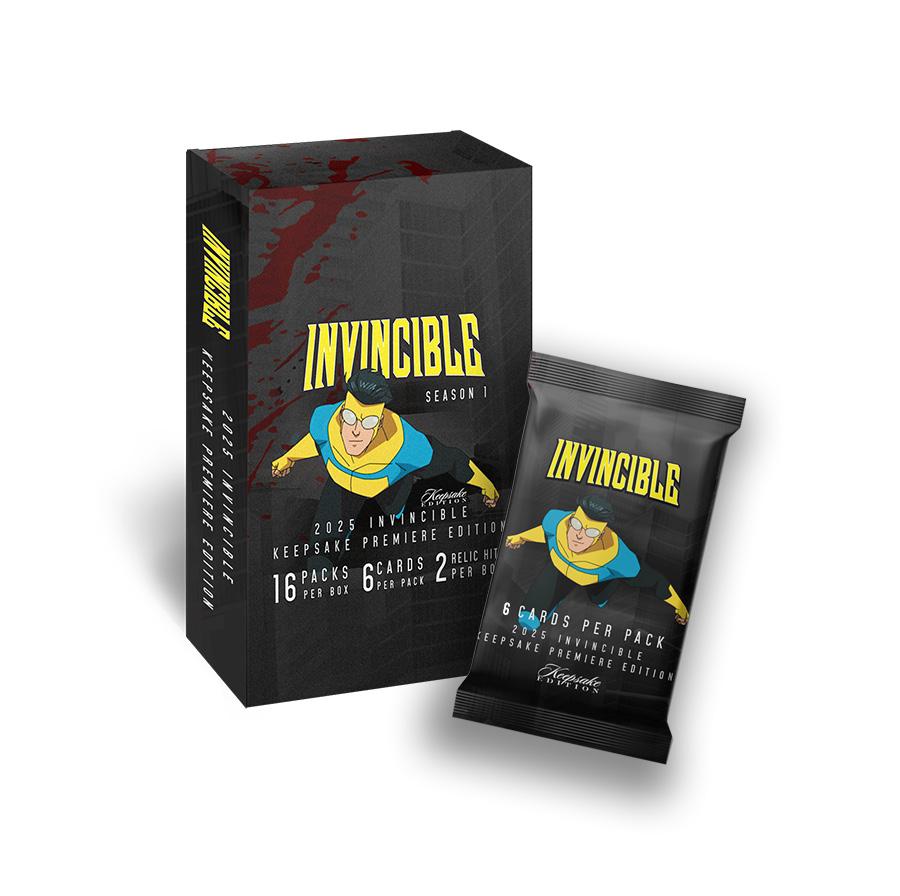
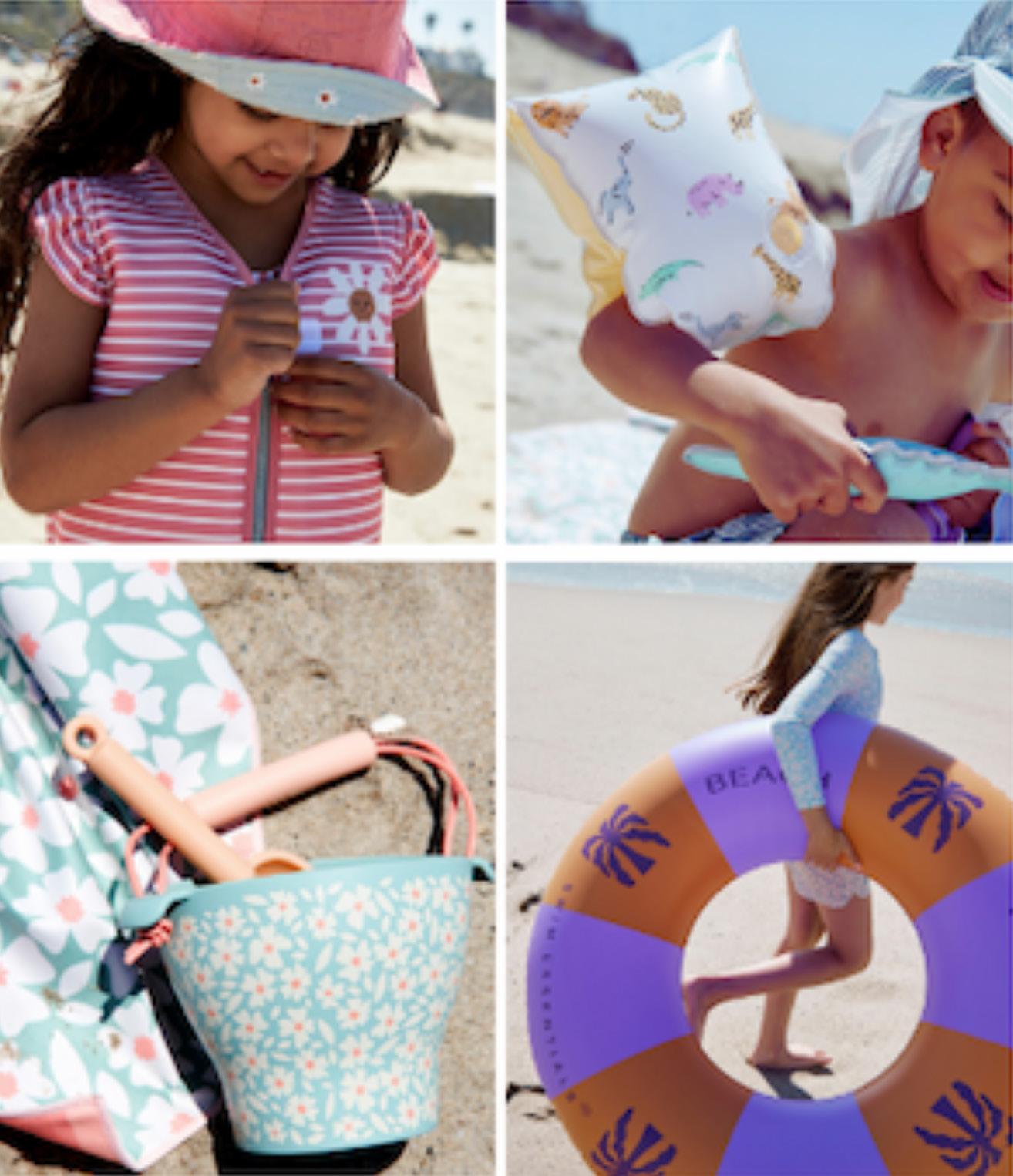

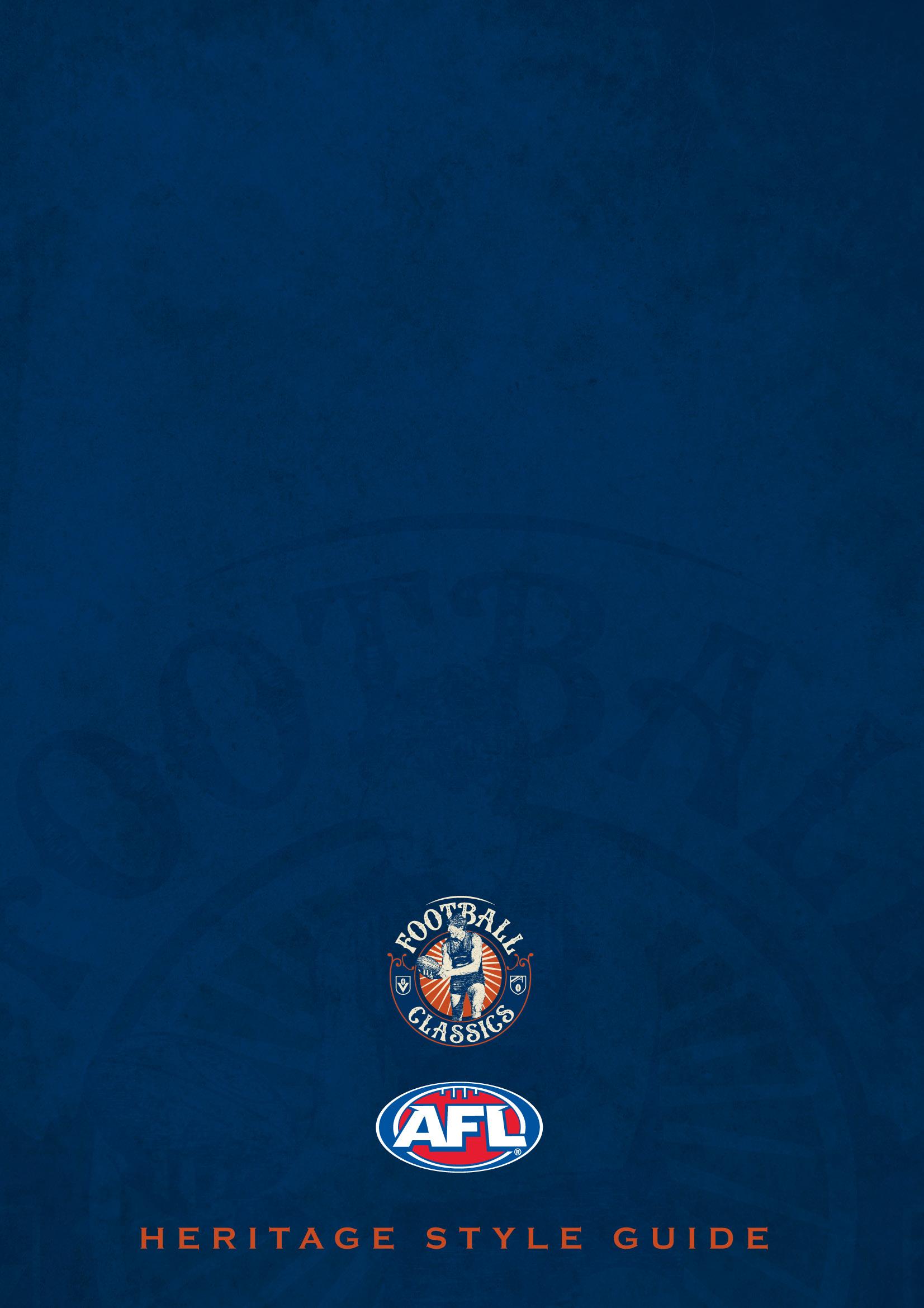
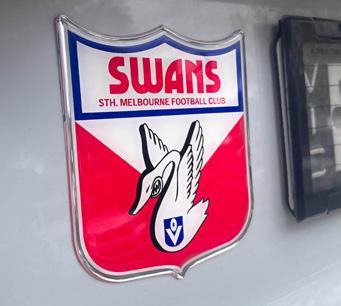
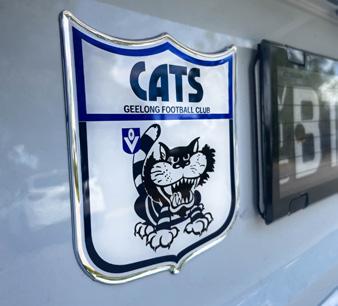

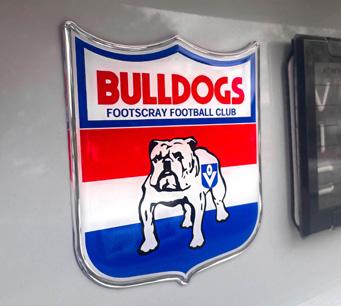
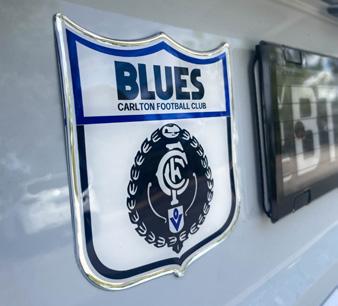
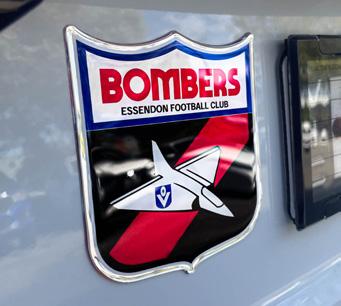
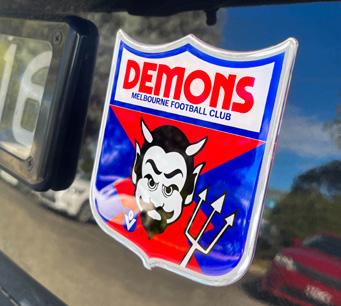
Few sports have a history as unique, rich and colourful as Australian Football. The fans identify with the heritage of the game. It is the history and its roots which fuels their passion.
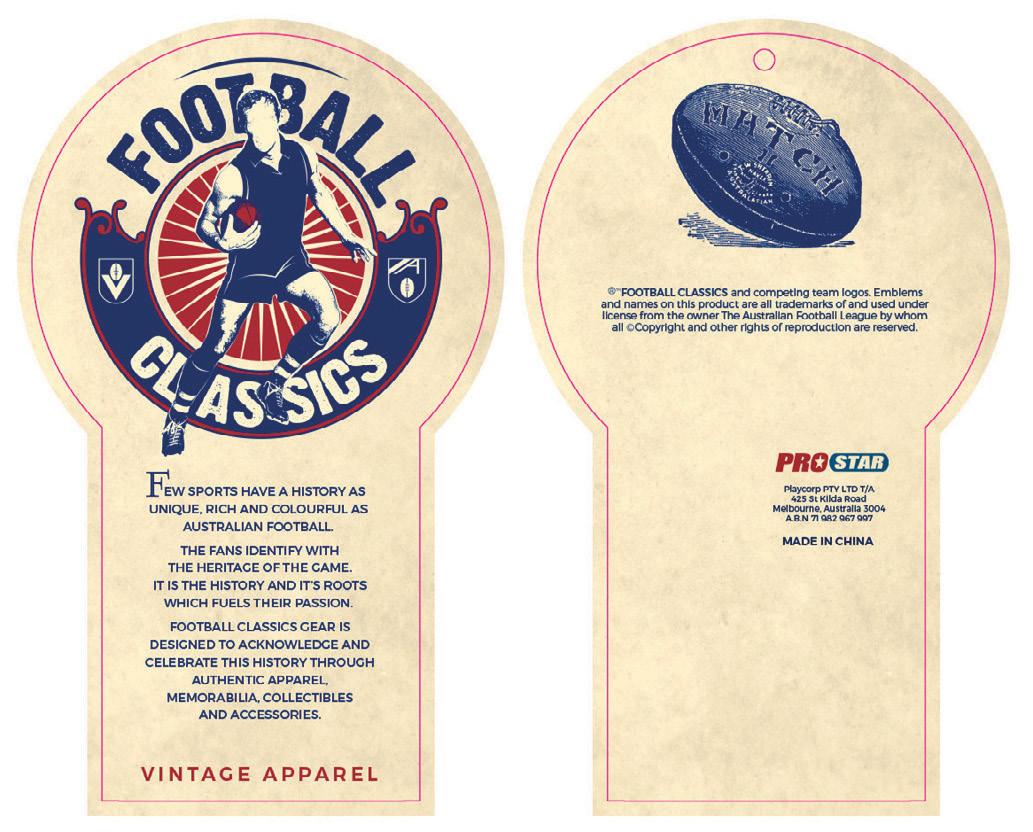
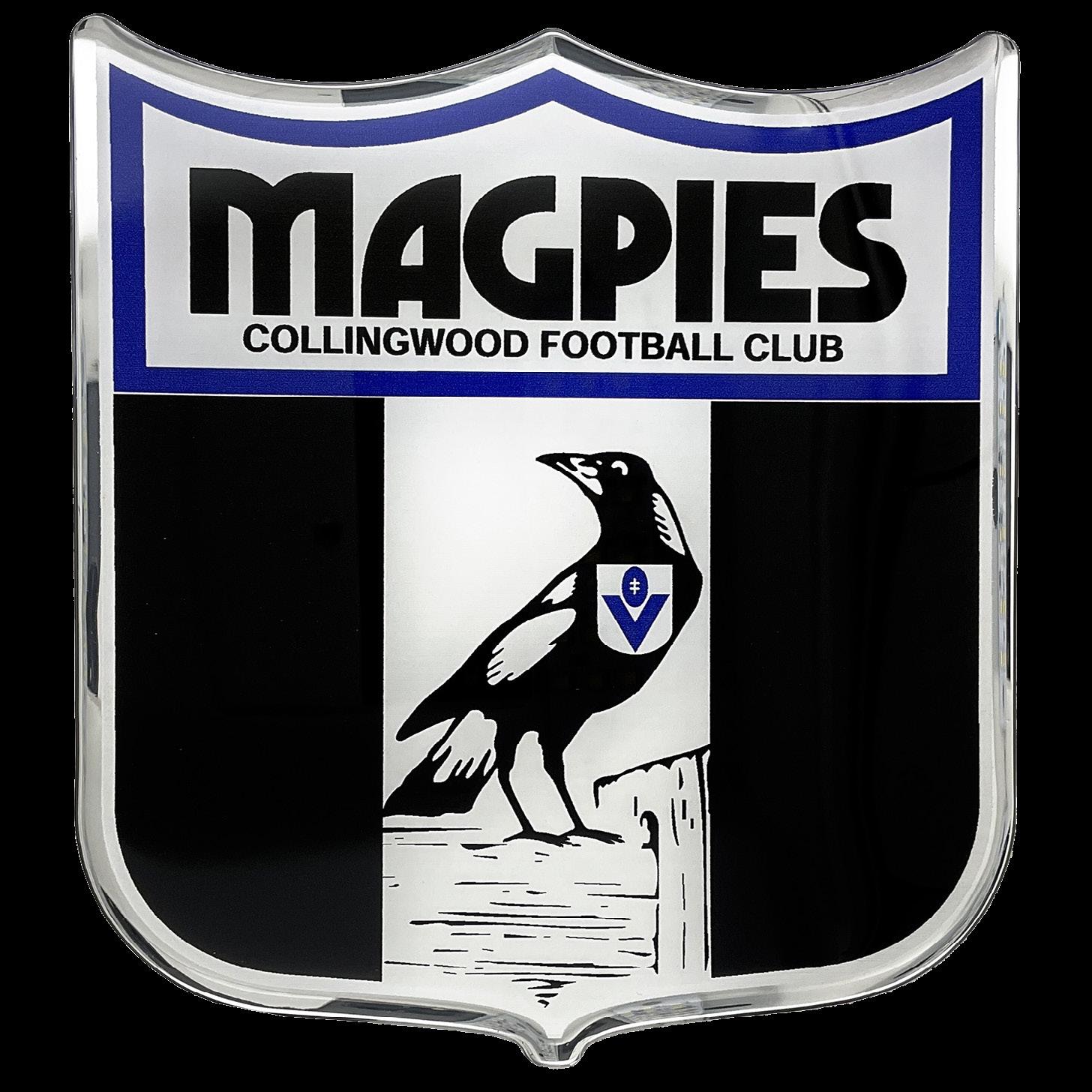

AUSTRALIANS SURE DO LOVE AUSSIE RULES
Over 8.9 million people support an AFL club, an astounding 35% of our entire population.
(Roy Morgan research July 26, 2022)
WE ALSO LOVE OUR CARS Australia has around 21 million registered vehicles Most of them are passenger vehicles. That means most of your customers drive, and over a third of them are AFL fans.
FAN EMBLEMS ARE DESIGNED TO SUIT ALL VEHICLES
But fans stick them to all sorts of things - laptops, tablet covers, gaming consoles, toolboxes, wheel toys, luggage, furniture, windows, doors, glass, metal, etc.
AVAILABLE IN VARIOUS PRICE POINTS
They’re great impulse buys, ideal for counter displays.
PROUDLY AUSTRALIAN MADE AND OWNED
A popular gift and souvenir idea. They’re lightweight and compact, perfect for mailing.
AFL FAN EMBLEMS SELL EVERYWHERE
If your customers drive, stock AFL Fan Emblems.
www.fanemblems.com.au


Beautifully crafted, purposefully designed wooden toys –ready to shine in Aussie stores!
As the toy industry continues to evolve, so do the collaborations that shape how brands connect with retailers and families. One of the most exciting new partnerships in the Australian toy space is between Classic World, a global leader in sustainable wooden toys, and Johnco, their exclusive partner for the retail space in Australia.
What makes this partnership stand out is a shared commitment to purposeful play, quality craftsmanship, and educational value. Both companies believe in creating toys that do more than entertain – they inspire creativity, support learning, and encourage children to explore the world around them. With Classic World’s international expertise and Johnco’s strong local presence, this collaboration brings a fresh energy to the Australian toy market.
To mark the beginning of this partnership, Alain De Rauw, Classic World’s Global Sales Director, is visiting Australia for the Melbourne Reed Gift Fair this August. With decades of experience in the toy industry, Alain brings a global perspective and a clear passion for meaningful play. We caught up with him to talk about Classic World’s journey, what makes the brand special, and what lies ahead for this exciting new chapter with Johnco.
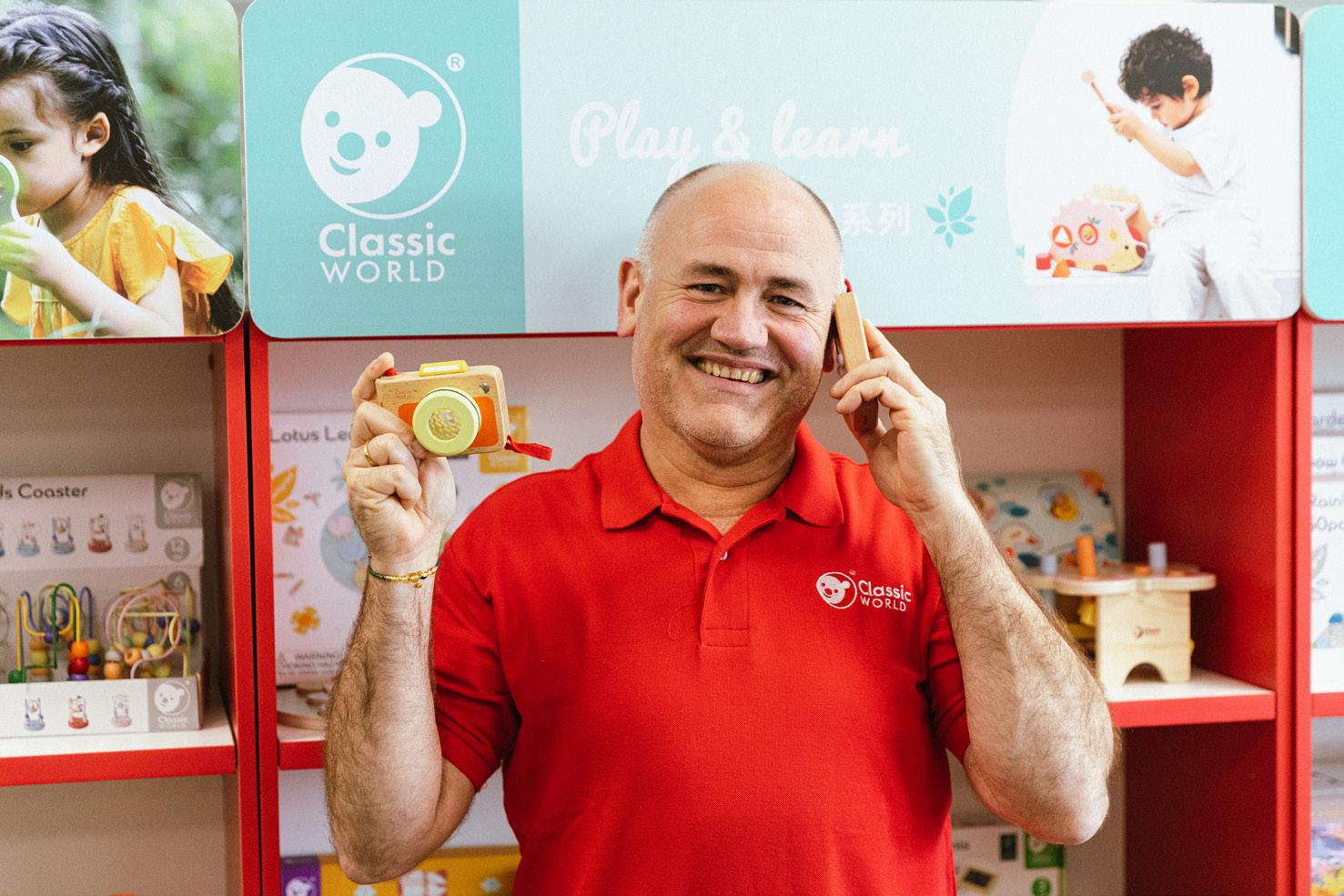
Interview with Alain De Rauw – Global Sales Director, Classic World
Classic World has been around for a while now – how did it all begin, and what was the spark that got things rolling?
Back in 1998, after working for a leading German toy company for several years, Sofiyia, our founder, decided to create her own brand with the goal of delivering better and higher-quality toys to children around the world. That’s when Classic World was born – and it has been inspiring children and families ever since.
You’ve worked with some iconic toy brands over the years. What made you join Classic World, and what keeps you excited about the role?
I started in the toy industry in 1991, working with the inventor of the Smurfs, Peyo, from Belgium. Later, I joined the Belgian distributor Dam (known for brands like 4M, Moluk, and Scratch), became a shareholder, and helped launch the business in France. After six years, I moved on to become the Global Sales Director for PlanToys, a role I held until January this year.
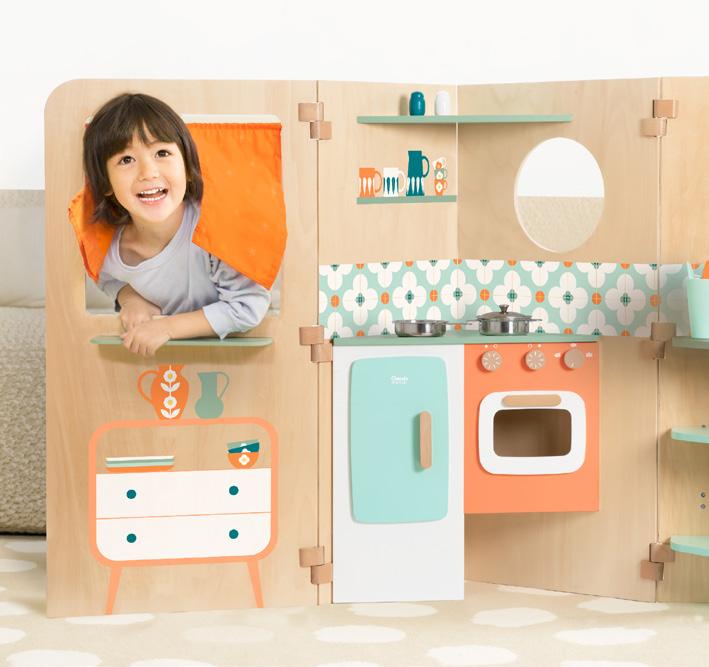

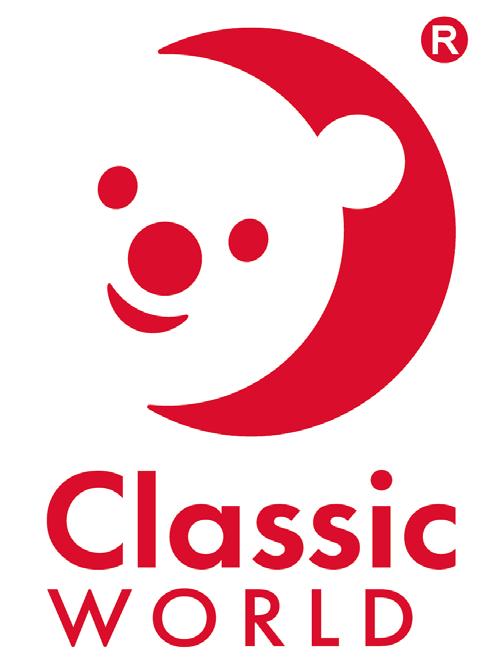
I couldn’t join just any company – I needed to feel a genuine connection. That’s what drew me to Classic World. First of all, Sofiyia. She’s a beautiful person – smart, quick, and deeply valuesdriven. I also saw a clear opportunity to help Classic World become a truly respected international brand. With the support of an incredible team, I want to elevate every part of the company, championing our core values and showing the world that we are a Chinese brand committed to quality and innovation. After all, many so-called “European” brands are also made in China – often by Classic World.
Our goal isn’t to be the biggest, but to be one of the most respected brands in child development, sustainability, design, and quality – all at accessible prices. Because for us, it’s vital that every child has the opportunity to play. Learning through play is everything.
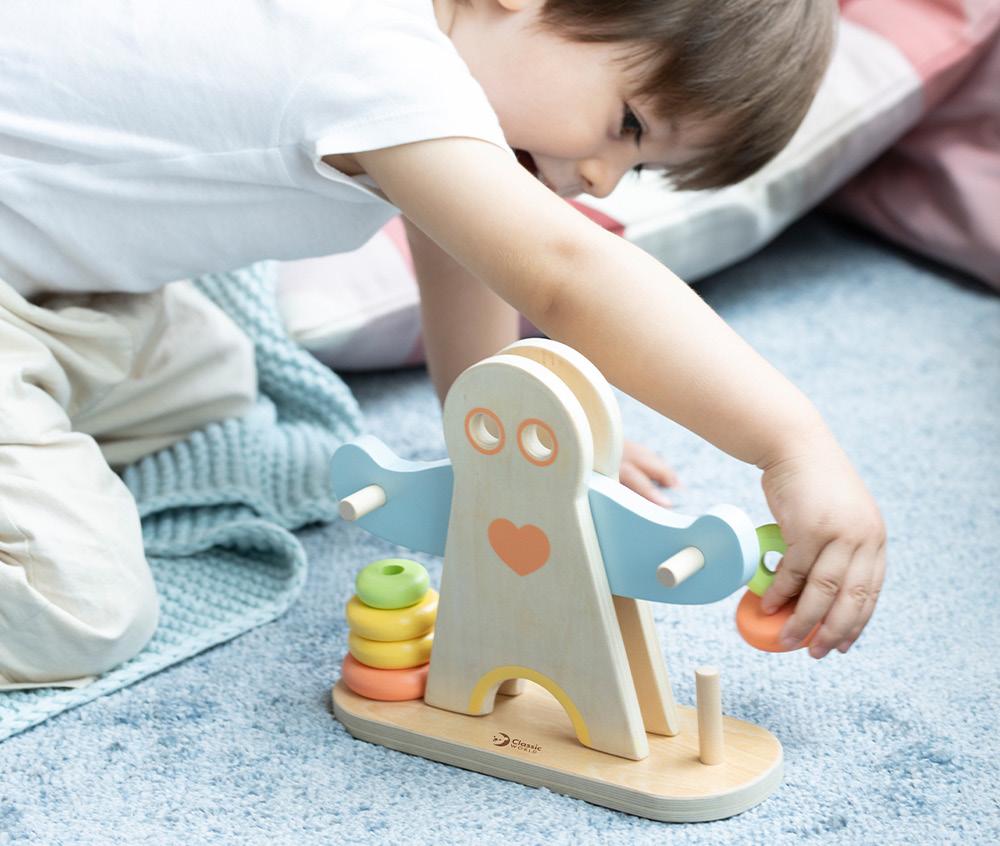
What’s the energy like at Classic World these days? What are you most proud of when you look at where the brand is now?
There’s a strong belief that anything is possible. That’s the energy driving us forward. With Sofiyia, her daughter Yiren, our international design team in Paris, our in-house team, and the experience I bring – there’s no limit to what we can achieve.
I’m especially proud of the respect Classic World is earning across the industry and of the strong global network we’re building. A partner like Johnco is invaluable. You can buy a team, but that doesn’t guarantee success. A truly strong team has to be built – and that’s exactly what we’re doing together.
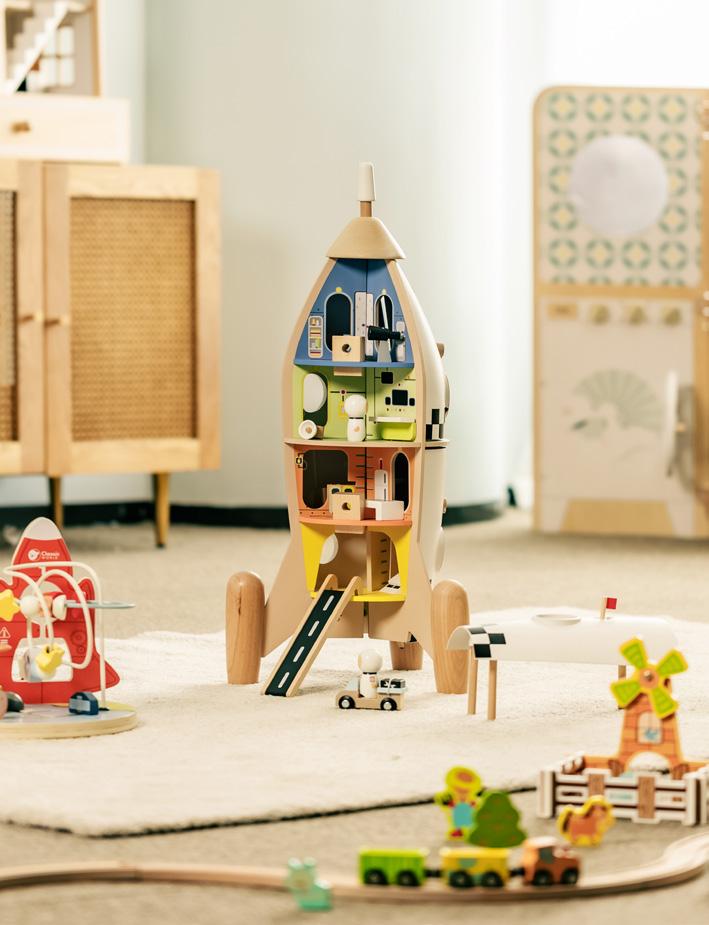
You’re visiting the Melbourne Reed Gift Fair this year – what are you most looking forward to about being back in Australia and reconnecting with local retailers?
I’m really looking forward to being there with Sofiyia and meeting the amazing Johnco team. I’m also excited to reconnect with retailers I’ve known from the past. Since news broke that Johnco is our Australian partner, several have already reached out to say they’re looking forward to seeing me and discovering the new collection. I’m sure it’s going to be a fantastic show. I can’t wait to see the wonderful people of Australia again!
Classic World and Johnco have just started working together here in Australia. What made this partnership feel like the right fit, and what are you hoping to achieve together?
I’ve always had a good feeling about Johnco – even with the previous owners. There was always a connection, especially through our shared experience with 4M Toys. When I met the new owners, I immediately knew it was the right fit. That human connection is crucial when you're aiming for a long-term partnership.
CONTINUED NEXT PAGE
And practically speaking, the timing was perfect. They didn’t yet have a wooden toy range, so it was a natural match. They’re helpful, friendly, motivated, and accessible – what more could you want in a partner?
Your toys are known for being beautifully designed and eco-friendly. How do new ideas come to life at Classic World – from sketch to shelf?
Beautiful design is important – but even more essential are quality and play value. When we design toys, it’s always with child development, sustainability, and aesthetics in mind. That’s how we differentiate ourselves. All of our wood is FSCcertified, and we don’t use single-use plastic in our packaging.
We also encourage families to buy less, but better – always at fair prices. We’re never fully satisfied and constantly strive to improve. New ideas come from everywhere: our team, our global partners, and even from me. I’m a big toy collector and have a sort of toy museum in Belgium. Some of our new products are inspired by vintage pieces from my collection. Just wait until you see what we have coming in 2026!
What’s one shift in the toy industry that’s surprised you over the years – and how has Classic World adapted?
So much has changed since I started in 1991– not always for the better. There’s less emotion in the business now. That’s why we’re passionate about supporting local bricks-and-mortar stores. But to survive, they need to rekindle the joy and magic of the in-store experience.

At the same time, we’ve had to evolve. In the past, having a good product was enough. Now, you still need that product, but you also need strong branding, storytelling, visuals, and video content. Without all of that, it’s hard to thrive in today’s market.
If you could share one message with Australian families discovering Classic World for the first time, what would it be?
Our message is simple: We’d be honoured if Australian families discovered how Classic World toys can help raise their children through meaningful play, while also contributing to a better world and a brighter future.
With a shared commitment to quality, creativity, and sustainability, the partnership between Classic World and Johnco is already laying the foundation for something special in the Australian toy market. As Classic World continues its global growth, this collaboration brings fresh energy and local expertise to help the brand connect with more families and retailers across the country. It’s a partnership grounded in shared values – and it’s only just beginning.
DISCOVER CLASSIC WORLD AT THE JOHNCO STAND (D60) AT THE REED GIFT FAIR FROM 2nd – 6th AUGUST 2025

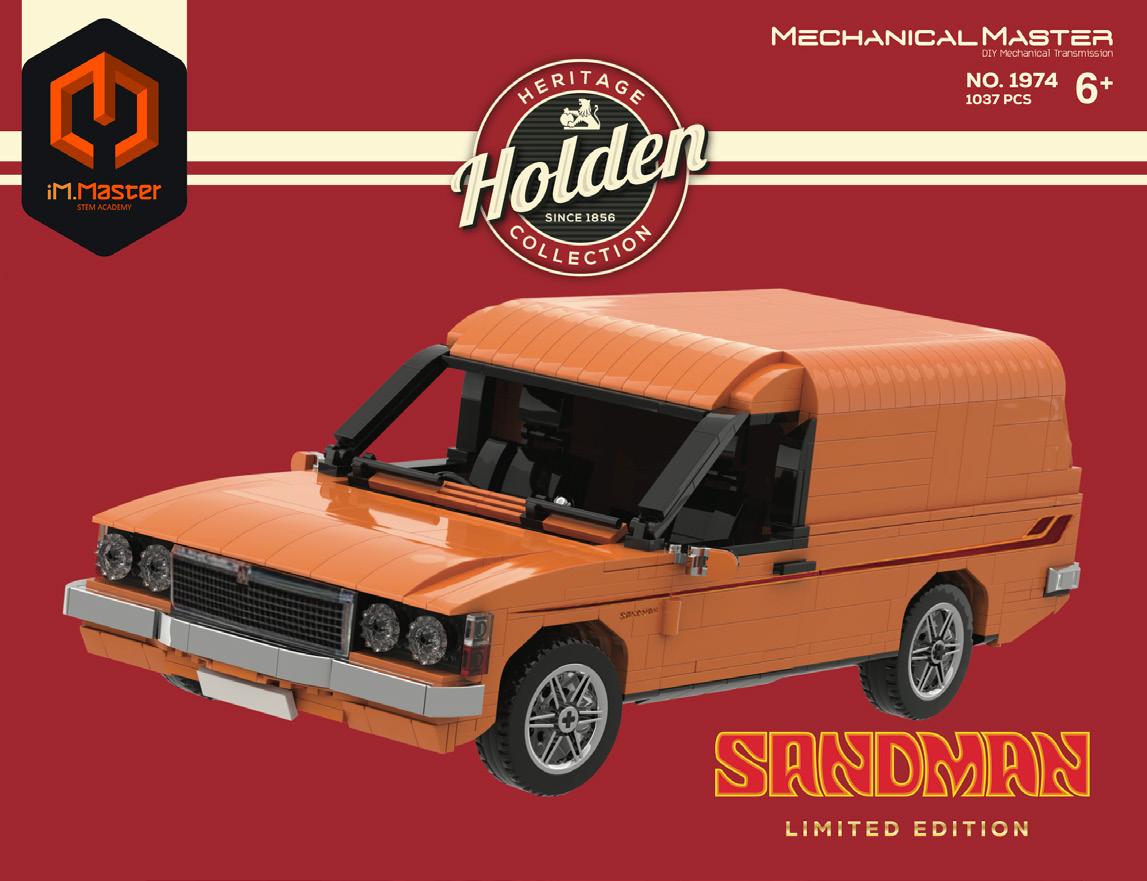


www.boox2u.com
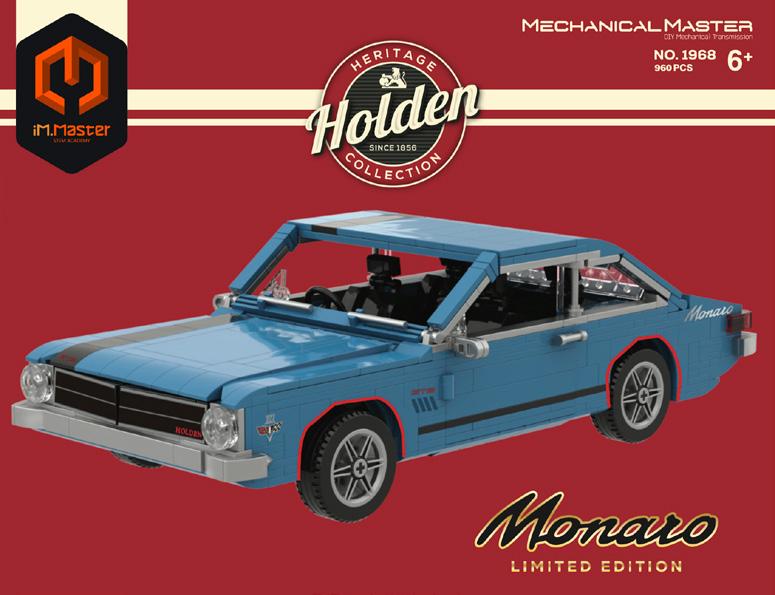


As the leading independent Brand Licensing Specialists & Market Intelligence Agency in the business, we pride ourselves on being connected to Brands, Agencies, Retail and emerging trends and we are the go-to organisation to provide you with balanced, researched and up-to-date market intelligence.
We are the perfect conduit to the market for small to medium businesses that are not in a position to hire a full-time marketing or licensing manager.
Let us seamlessly connect YOU to brands & distribution channels at a fraction of the cost of a full-time employee!
CONNETIX IS LEVELING UP
www.connetixtiles.com

CONNETIX, the Australian-owned and trusted open-ended toy brand is once again redefining what’s possible in magnetic tile play. This month marks a monumental step in the evercompetitive construction category as the forward-thinking brand unveils three exciting new ranges - the Portal Range, Glitter Range and Light Up Range, plus an entirely new line for older builders, CONNETIX PRO.
Driven by a dynamic team of industry leaders and passionate educators, the innovative new ranges underscore the brand’s mission to champion learning through play, with each product thoughtfully designed to amplify STEAM discovery and promote essential MESH skill development. From light exploration to sensory elements, CONNETIX is adding exciting dimensions and extending play patterns with their unique offerings, providing families a whole new level of construction fun!
Combining a strong market drive for construction sets with their unique ability to bring newness and an educational spin to their products, CONNETIX has seen rapid growth and global expansion to be stocked in quality retailers across 80+ countries. Together
with a focus on building partnerships and supporting their exceptional growth with a team of industry experts, the brand continues to be a leading choice for retailers, driving valued sales and footfall to local businesses. These much-anticipated new additions to the CONNETIX catalogue will provide exciting opportunities for retailers to elevate shopper experiences and engage both loyal and new customers.
“The response from our retail partners to the new CONNETIX products for 2025 has been incredible!” shares Christine Albers, CONNETIX AUS & NZ Sales Manager. “The excitement is building, and retailers can’t wait to see these amazing products on their shelves.”
Bringing joy and connection to all ages, CONNETIX continues to inspire its global play community with creative new ways to level up builds and drive its educational focus. As the most-followed magnetic tile brand on social media across the globe with an invested audience of parents, educators and allied health professionals alike, the launch of the new products has captivated widespread buzz and community engagement, generating over 1.5M views and 66K interactions within the two week launch period alone.
Kristy Nedelkovski, CONNETIX Social Media Manager shares, “The CONNETIX community is buzzing - and so are we! With our latest releases finally out in the world, the excitement on social media is off the charts. We can’t wait to see these new creations in the hands of the families who inspire us to keep dreaming bigger and levelling up magnetic tile play!"

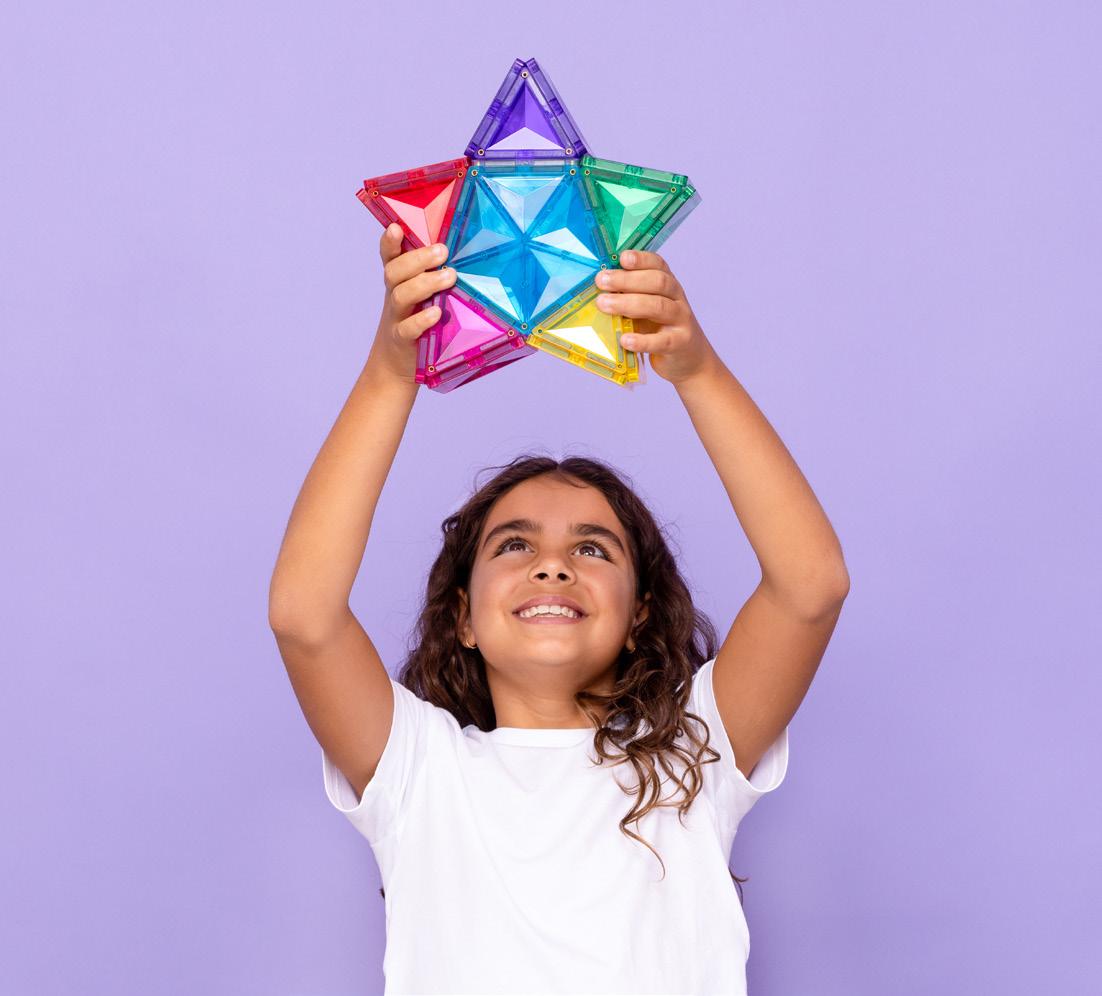
Proving there are no limits to creativity, the CONNETIX PRO Line is designed to inspire older children to discover the joy of open-ended construction and show that all ages can benefit from building and creating, including kidults! This advanced line of magnetic tiles introduces for the first time CONNETIX Smart-Spin technology, combined with NEW ultra-strong magnets that are three times the strength of standard tiles. This groundbreaking combination allows the powerful magnets to rotate 360 degrees within the tile to build in new directions and discover dynamic construction possibilities.
The award-winning brand is known and loved for their high-quality, safe and signature bevel design tiles that create stunning refractions whilst allowing children to build and dream bigger. Each of the three new tile ranges harness the potential of the CONNETIX design
difference, allowing children to explore colour, light and construction like never before. Families and retailers alike are thrilled that these new ranges can be seamlessly added to existing collections to level up the possibilities of CONNETIX play!
Voted as a top wish list toy in a recent CONNETIX Facebook Community survey, the CONNETIX 28 Piece Light Star Pack is designed to illuminate builds and let creativity shine! Debuting a rechargeable light-up tile that at a touch of a button, transforms construction and STEAM play, inviting children to experiment with refractions, colour mixing, shadows, optical illusions and so much more.
Bringing something truly unique to the market, CONNETIX takes their beautiful aesthetic and stunning refractions to dazzling new heights with Glitter tiles. Introducing a signature feature with wow factor – ultra-fine iridescent glitter that creates multi-coloured sparkles, and lots of them! Brighten play from every angle with the CONNETIX 48 Piece Glitter Castle Pack and the CONNETIX 56 Piece Glitter Unicorn Pack. Children can enter an exciting world of storytelling and imaginative play as they build shimmering castles, twinkling unicorns and openended creative magic!
Designed to expand open-ended play possibilities, the CONNETIX 48 Piece Bright Portal Pack unlocks exciting new dimensions in construction. Featuring fun bright colours in three different sized squares that mix-and-match together for new ways to play and engineer. The mini-squares showcase CONNETIX SmartSpin technology with rotating magnets to build in exciting directions and add intricate details to designs. From building functional doors and windows to tunnels, multi-dimensional designs, artistic patterns and so much more, there’s endless combinations and fun to discover with the Portals.
These latest releases mark the beginning of an exciting new chapter for CONNETIX as the brand continues to push the limits of construction and inspire open-ended play for children and families in new and innovative ways.
To discover more and experience the CONNETIX difference visit the website at www.connetixtiles.com and connect with the team via email at wholesale@connetixtiles.com

Slime Mart introduces a fresh twist on the classic slime experience by combining hands-on creativity with irresistibly realistic foodie themes. Kids and kidults can now craft and squish their own slime snacks, from Strawberry Cheesecake and Donuts to Waffles, Pizza, and Burgers, with each kit offering a variety of mix-ins, accessories, and themed containers for endless customization.
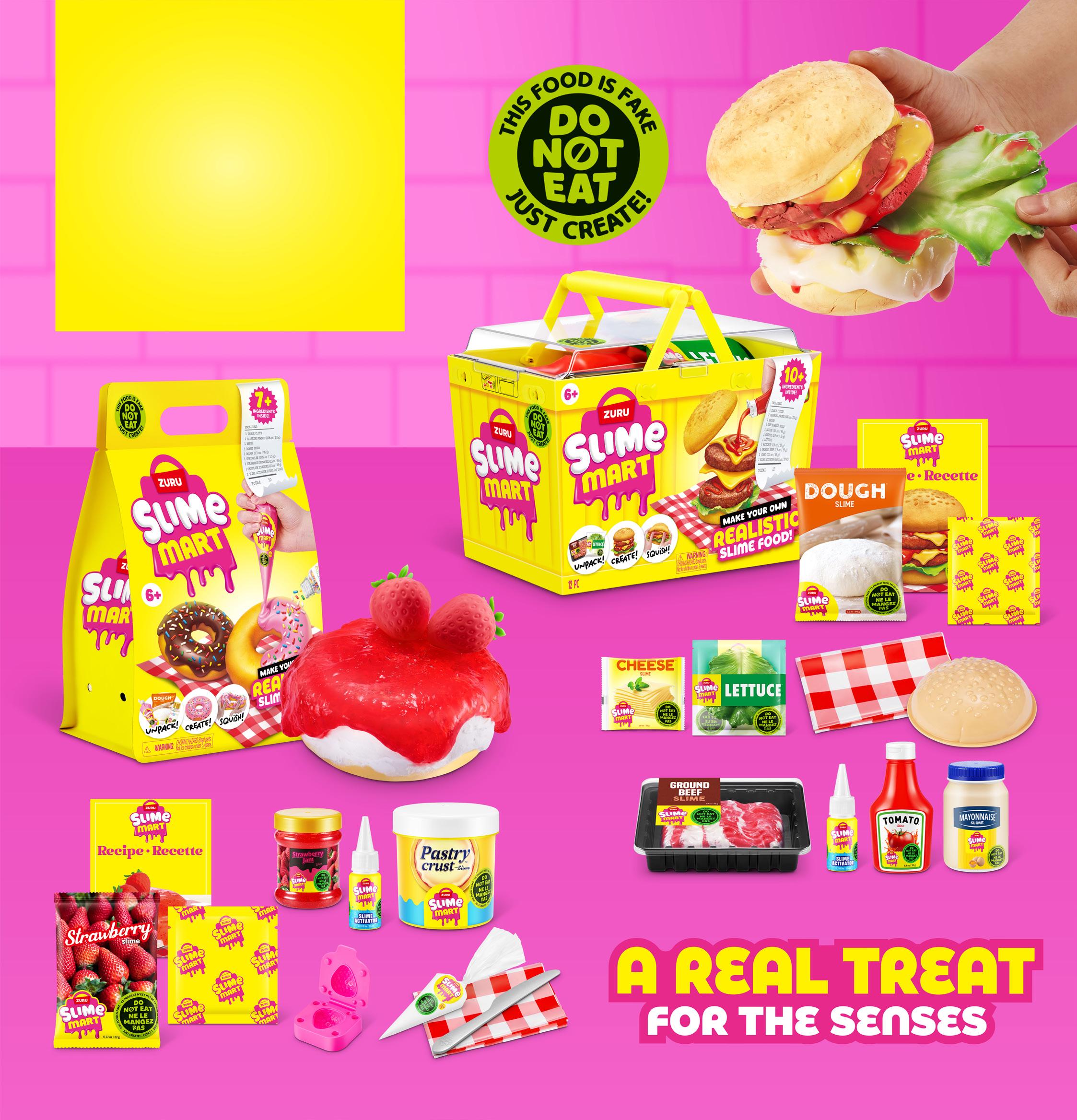


























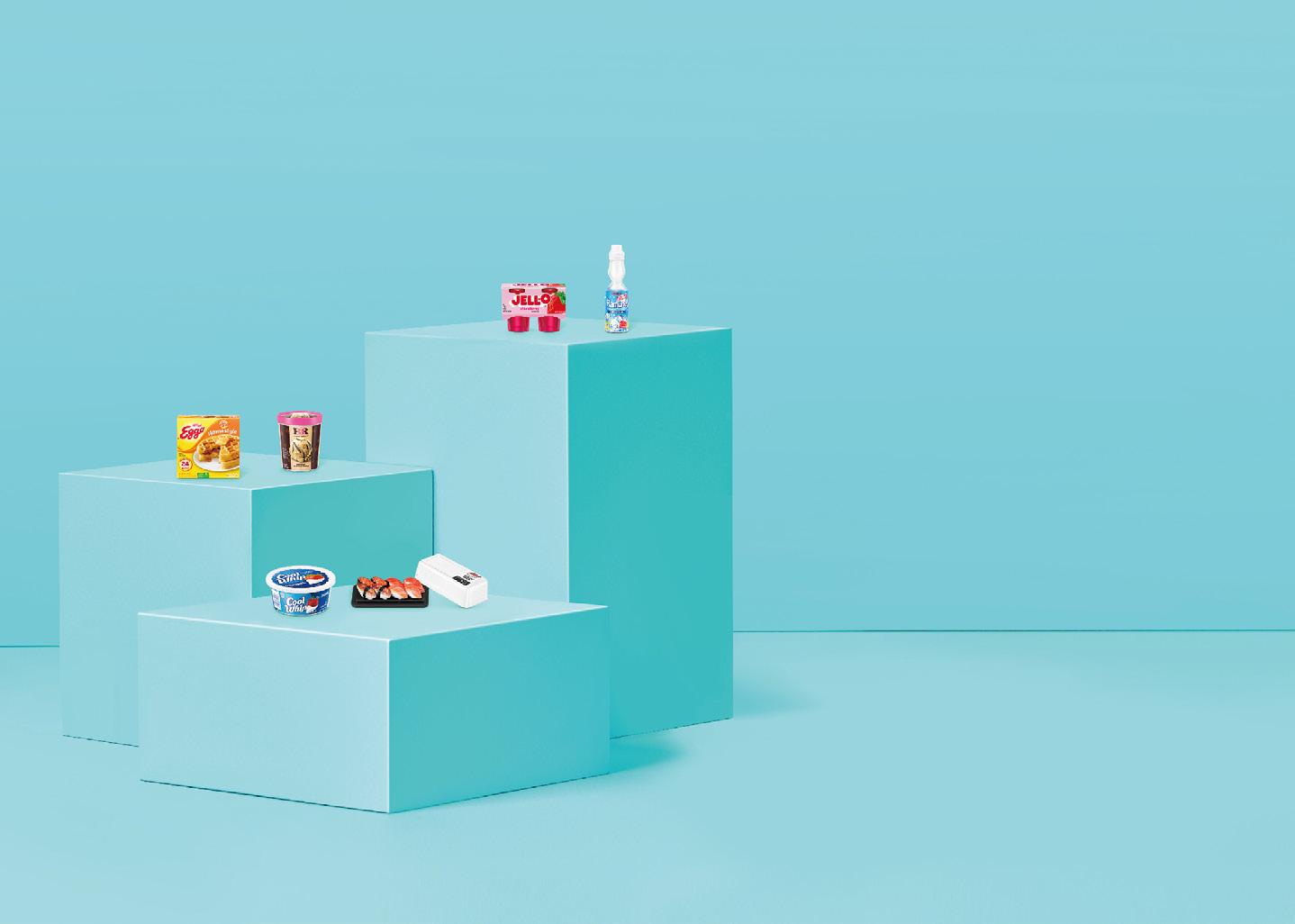







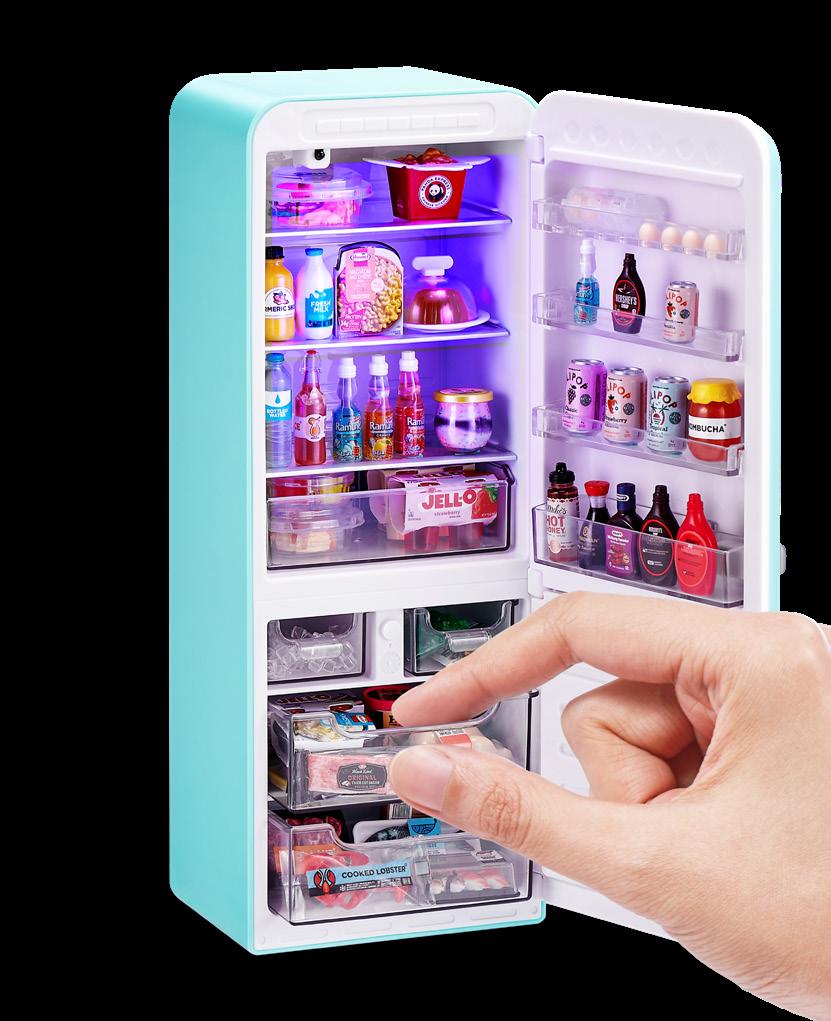
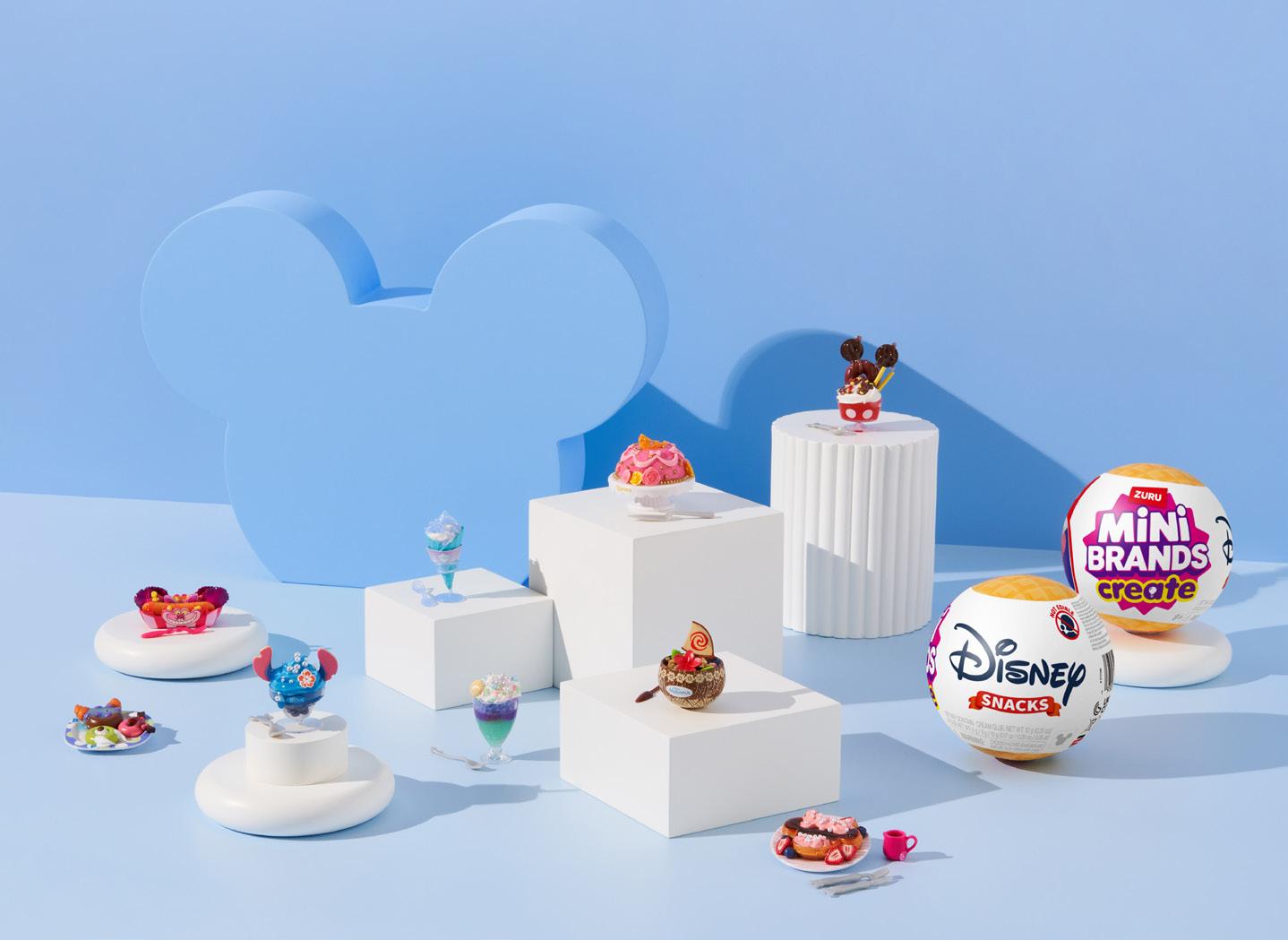
Bring your own miniature dream kitchen to life with Mini Brands Fill The Fridge Playset. Including a mini fridge, exclusive minis, magnets, UV light and more, it's the ultimate kitchen setup for miniature collectors and fans.
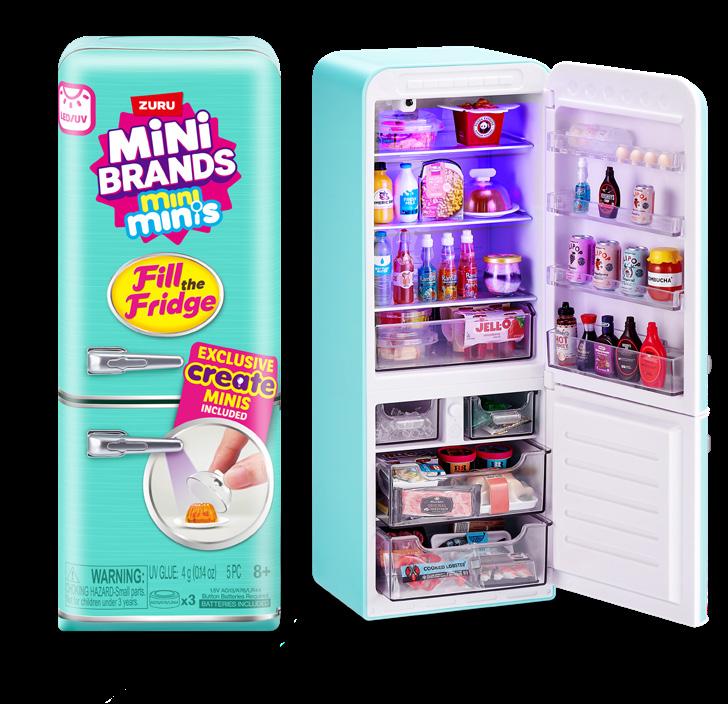




Step into a world of wonder with Mini Brands Create Disney Snacks! Craft tiny treats inspired by your favorite Disney characters—from Mickey-shaped waffles to Elsa-inspired frosted delights.
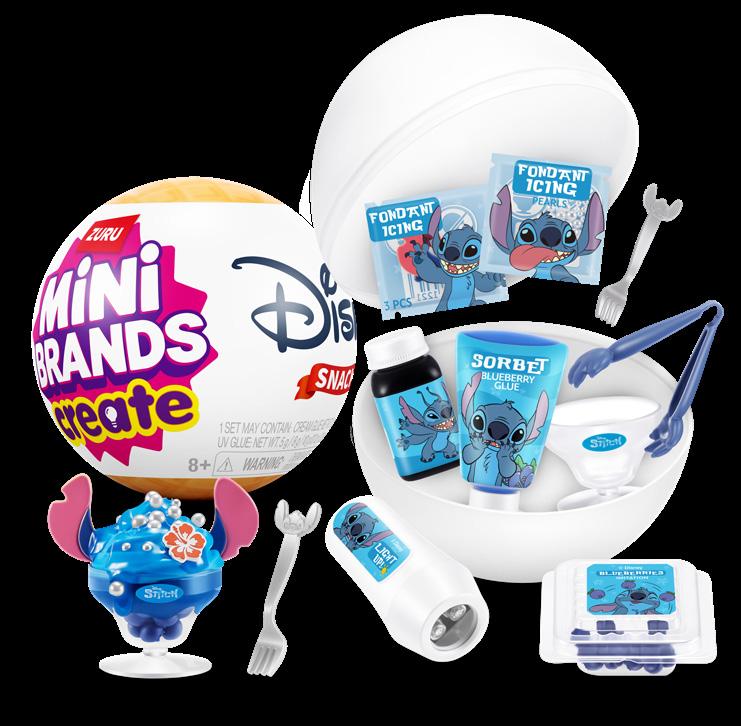
Meet the NEW 5 Surprise My Mini Baby Series 2, the most adorable and ultra-realistic mini silicone baby! Uncover 5 exciting surprises inside each capsule. Collect fun accessories, name your Mini Baby, and build your very own mini nursery! With 15 unique babies to collect, the possibilities are endless.

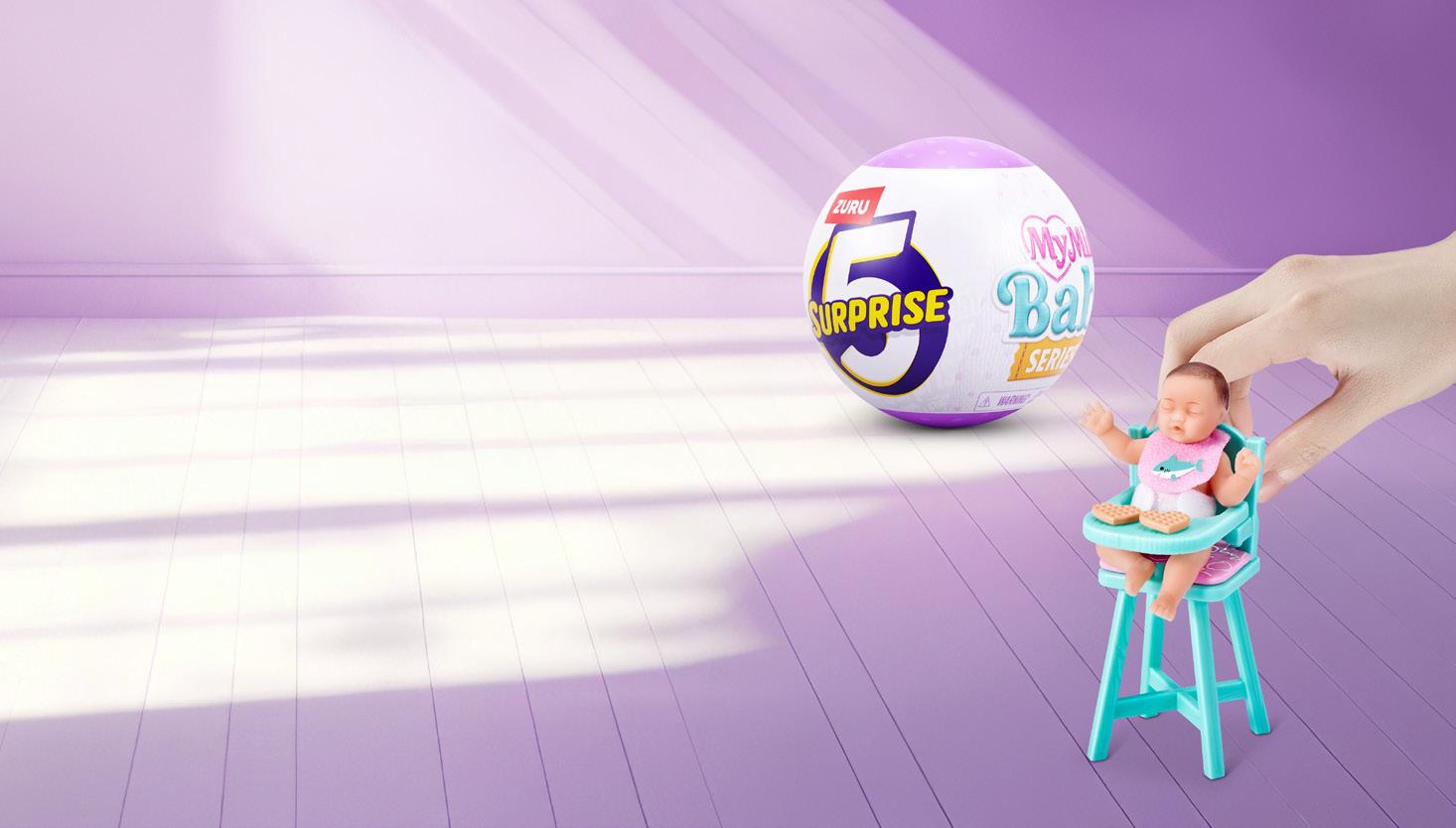
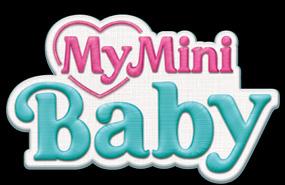





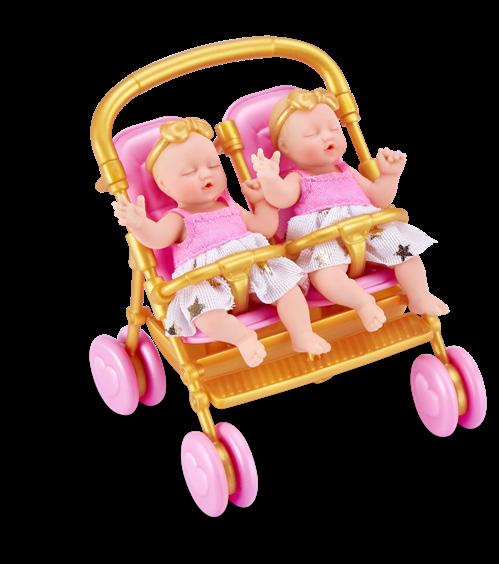
BY ALICE SANDERSON — EXECUTIVE MANAGER
In June, the ATA hosted our Sydney Mid-Year event at a brand-new venue, and we were thrilled to receive overwhelmingly positive feedback from both exhibitors and attendees. Held for the first time at Commbank Stadium, the sold-out event showcased hundreds of products to nearly 300 guests, including local, interstate, and international visitors.
The opening night featured a relaxed networking function, open to all industry colleagues, which was widely praised. Guests enjoyed great food and drinks in a comfortable setting, creating the perfect environment to connect and exchange ideas.
This year, the 51st annual meeting of the International Council of Toy Industries was also held in June. The two-and-a-half-day conference brings together Toy Associations from around the world to share updates, discuss challenges, and explore collaborative opportunities. Tariffs remained a key issue on the agenda—while there’s limited good news for now, the ongoing advocacy from The Toy Association (US) continues to be deeply valued across the global toy community.
The 2026 Toy Fair will be held from 1–4 March, and with major events such as the Melbourne Grand Prix taking place shortly after our event, prices are likely to rise and availability could be limited.
Additional discussions focused on ICTI subcommittee initiatives such as the value of play and combatting counterfeits. A global insights presentation from Circana was also delivered and is available to ATA members by request at admin@austoy.com.au
With the Mid-Year Fair now wrapped up, the ATA's attention shifts to the next key events on the calendar: our Hottest Toys for Christmas media showcase, the Association's Annual General Meeting, and preparations for the 2026 Toy Fair in Melbourne.
Preferential offers for the 2026 Toy Fair have now been sent to 2025 exhibitors, and we've already had an excellent response. Many exhibitors have chosen to retain their existing spaces, while others are shifting to new locations within the show.
For those planning to travel from interstate or overseas, we strongly recommend booking flights and accommodation early. The 2026 Toy Fair will be held from 1–4 March, and with major events such as the Melbourne Grand Prix taking place shortly after our event, prices are likely to rise and availability could be limited.
Our Hottest Toys for Christmas event is currently scheduled for October 7, with product submissions opening soon. The Annual General Meeting will follow on

November 19, and more details will be shared with members in the coming weeks.
We sincerely appreciate the continued support and engagement from our members and the broader industry. We look forward to connecting with many of you at the upcoming events as we work together toward another successful and dynamic year.
If you’d like to discuss anything mentioned above or simply catch up, I’d be more than happy to hear from you—feel free to reach out at asanderson@austoy.com.au
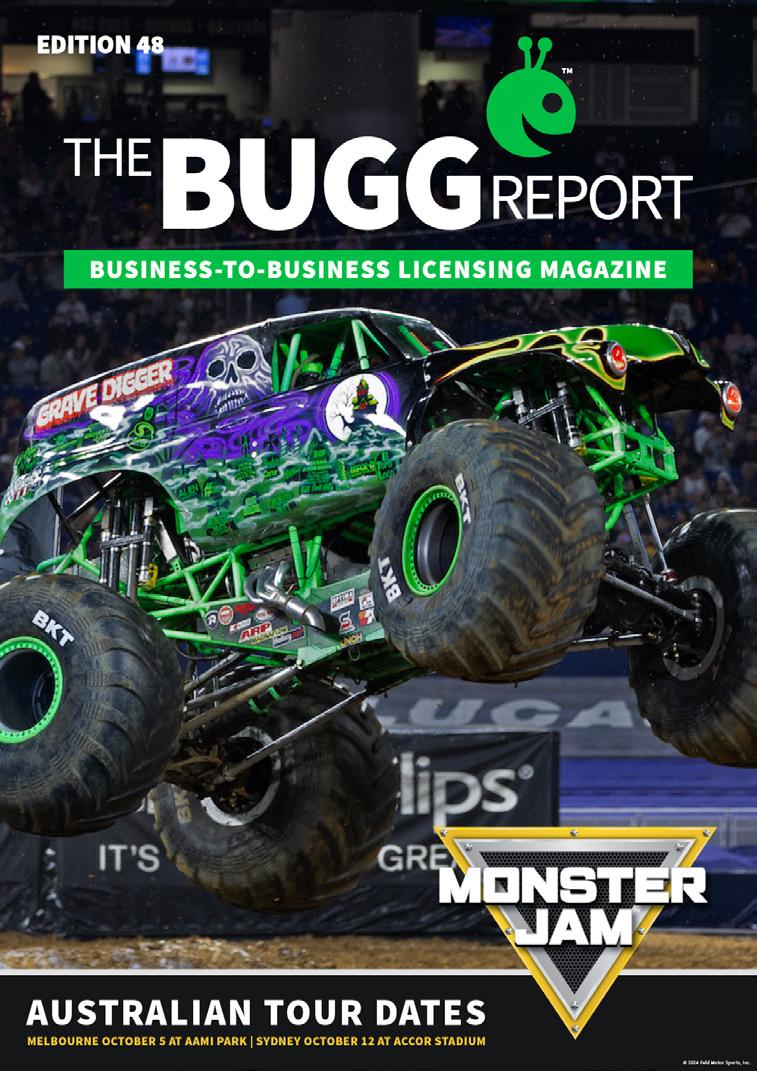
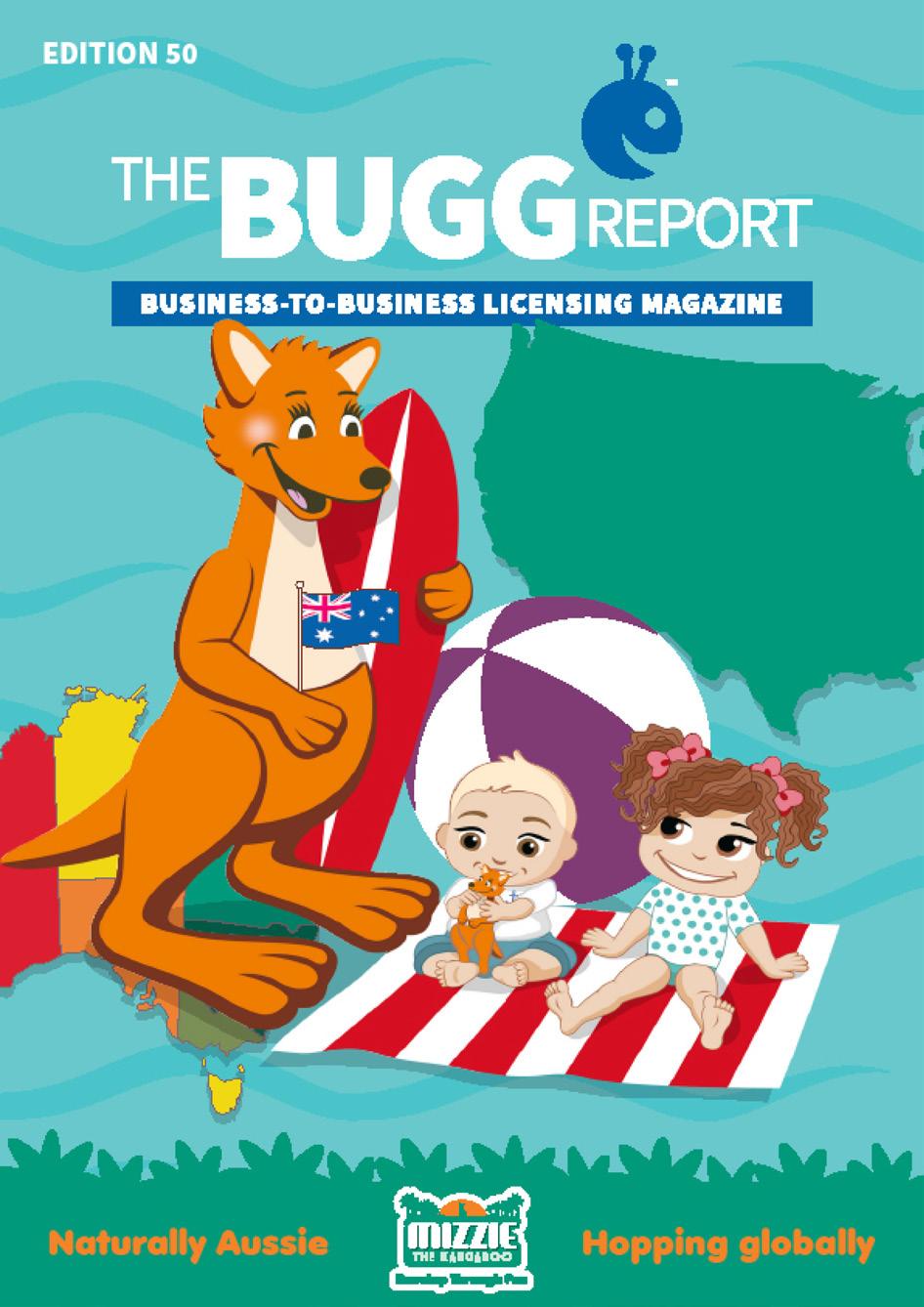
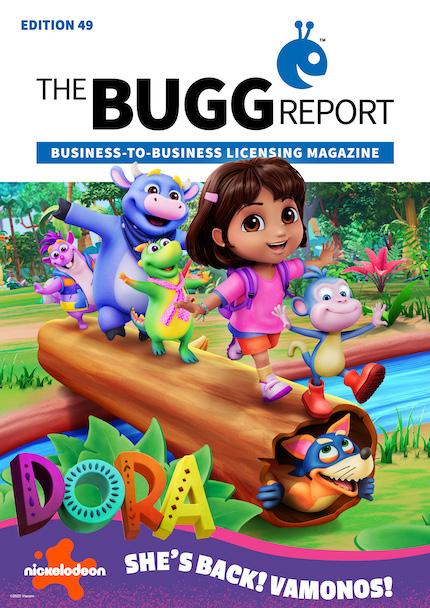
INTRODUCING
www.toyassociation.org
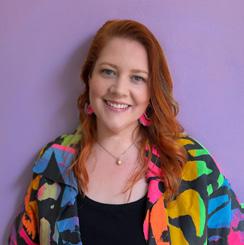
Emma is a seasoned brand licensing professional with over 15 years of experience developing high-impact licensing programs for global brands, cultural institutions, and leading retailers across Australia, Europe, and the UK.
She brings industry expertise from working with major players such as Hasbro, Entertainment One, King (Activision), and the Natural History Museum. From niche brand collaborations to large-scale entertainment partnerships, Emma specialises in transforming brand equity into compelling product collections that resonate with consumers and positively disrupt the market.
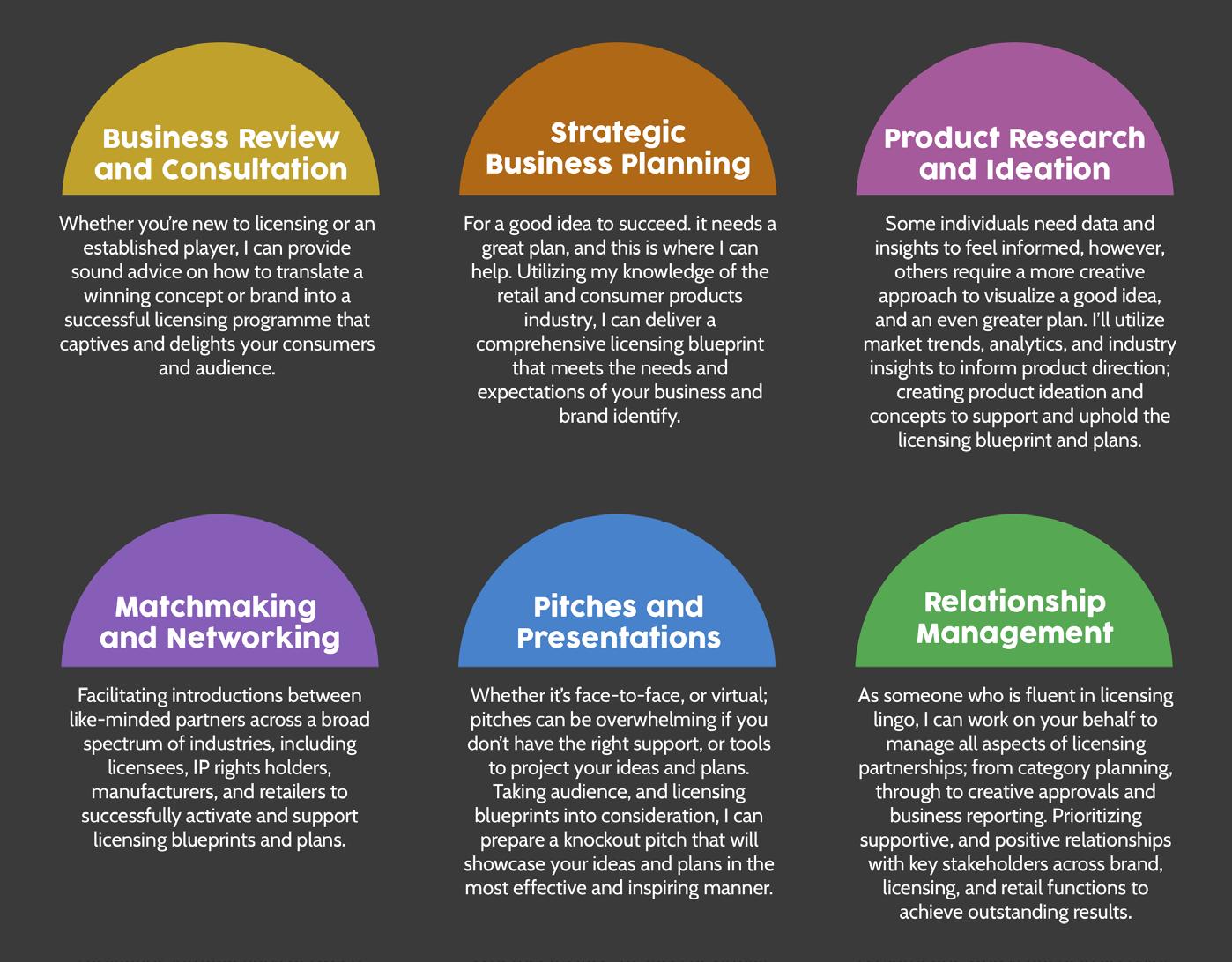
Her strengths lie in crafting comprehensive licensing strategies and go-to-market plans, as well as facilitating and managing relationships between licensees, IP owners, manufacturers, and retailers to deliver measurable commercial results.
With a proven track record of driving growth across diverse markets, categories and retail channels, Emma offers strategic insight and hands-on experience.
After a decade in London, Emma has recently returned to Melbourne and is eager to join a team focused on scaling up their licensing, or toy and game business.
Emma can be contacted via email at emma@hdlicensing.co.uk or on 0478 953 575
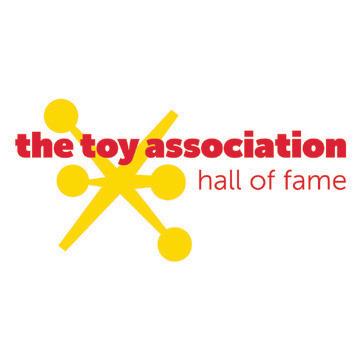

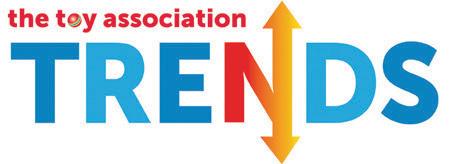

WE SPEAK TO KIMBERLY CARCONE
www.connetixtiles.com
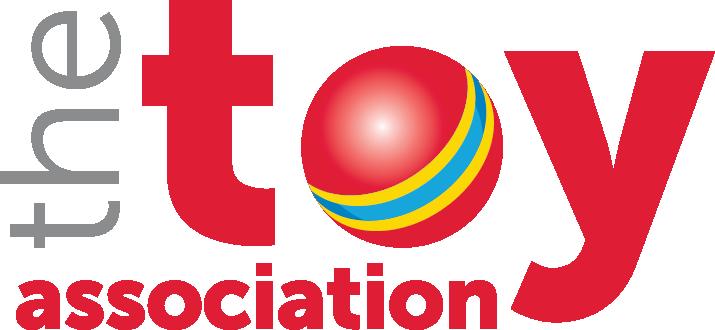
Toy Fair 2026 will be held in New York City from February 14-17. This iconic global event is the premier destination for discovering innovative new products, forming valuable partnerships, and gaining key insights that will shape the future of play. As the industry's most essential gathering, Toy Fair is where ideas transform into bestsellers, and the trends of tomorrow take flight. Toy Fair 2026 is set to deliver even more opportunities for meaningful connections and significant business growth.
What makes Toy Fair® 2026 a must-attend event for the global toy community?
We’re expecting Toy Fair® 2026 to be an incredible show. Plus, it’s our 120th Toy Fair in New York City, which is a huge milestone, not just for the U.S. Toy Association but for the entire global toy community. After the success of the 2025 event, it’s clear that Toy Fair remains the place for the global toy, play, and children’s entertainment community to come together — including retail buyers, children’s brands, distributors, inventors, licensors, media, and more.
Toy Fair will be held at the Javits Center from February 14 to 17, unveiling the hottest trends and innovations from U.S.
and international toymakers and offering a variety of educational and networking events throughout Toy Fair week.
How will the 2026 show build on Toy Fair’s legacy and scale?
While we’re always evolving and elevating the show experience to meet the needs of the industry, what sets Toy Fair apart is its scale, substance, and setting. In 2026, we’ll once again fill the Javits Center with nearly 8 football fields’ worth of product displays.
That’s hundreds of exhibiting toy companies and tens of thousands of new products across every play category— preschool, dolls, games, action figures, plush, educational toys, collectibles, outdoor play, licensed goods, and more.
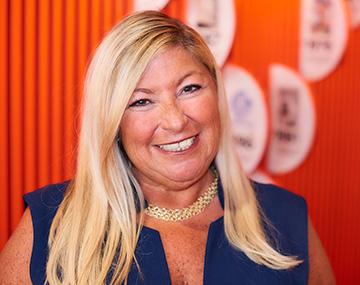
The show’s layout helps buyers and media easily navigate this breadth with curated showcases and smart tools like our Toy Fair Mobile app for planning and discovery.
And of course, being in New York City brings a special kind of energy. Toy Fair has a rich history of being the place where iconic brands, like Barbie, are first introduced to the world. That legacy continues, and there’s real magic in walking the aisles and seeing what’s next in play.
What can attendees expect when it comes to trends and forward-looking insights?
One of the things Toy Fair does best is bring emerging trends into focus. For 2026, The Toy Association’s trends team will unveil brand-new toy trends for the year at the show itself, and the only way to be among the first to see them is to be at Toy Fair, in person.
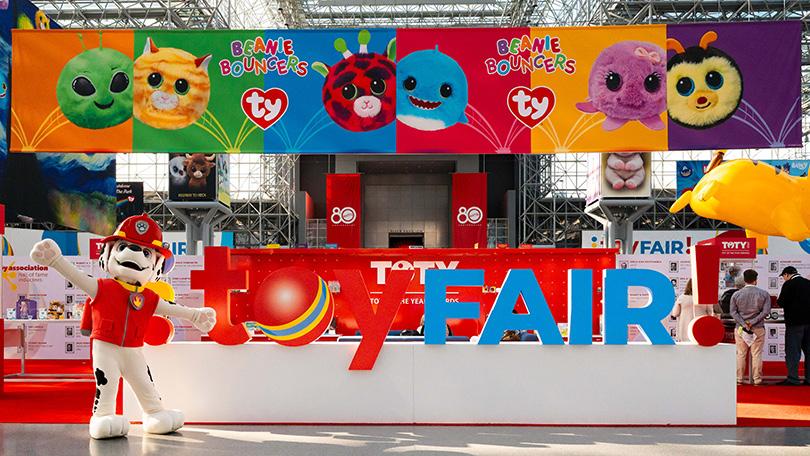
These trends are the culmination of in-depth research throughout the year, including meeting with toy and children’s entertainment companies during LA Fall Preview market weeks, to analyze shifts in consumer behavior, innovations in product development, and emerging cultural influences.
This work comes together in our annual curated presentation at Toy Fair, offering actionable insights backed by real product examples from show exhibitors. Attendees will also be able to explore these trends firsthand across the show floor, discovering innovative new lines from both major brands and up-andcoming companies.

But trendspotting is only part of the experience. Toy Fair University, the show’s educational programming, offers a robust slate of sessions designed to deepen understanding on everything from retail strategy and licensing insights to sustainability, safety, and evolving play patterns — led by top experts from across the industry.
How would you describe the current landscape of the toy industry—and the U.S. market’s role in it?
The global toy industry is constantly evolving, but the U.S. market continues to lead the way in driving innovation. American toy companies are making strides right now across every category, from sustainable design and inclusive storytelling to cutting-edge tech integrations and new play patterns that speak to today’s families.
What’s unique about Toy Fair is that it offers a front-row seat to that innovation. It’s where you’ll see what the most influential players in the U.S. market are
bringing to retail next—and how they’re setting the tone for the broader global industry. It’s where play comes to life.
At the same time, Toy Fair is proudly international, and that global mix is part of its energy. But there's no denying that access to the U.S. market—the world’s largest and most competitive—is a major draw for exhibitors and attendees alike.
Whether you're a retailer looking to diversify your shelves, a media outlet scouting trends, or a global brand seeking U.S. expansion, Toy Fair offers a direct line into what’s moving the industry forward.
Toy Fair® will take place February 14 to 17, 2026 at the Javits Center in New York City.
Attendee registration will open in October.
Visit ToyFairNY.com to learn more about Toy Fair.
VEVE COLLECTIBLES
www.veve.me

VeVe Collectibles is transforming how fans connect with their beloved brands. The platform provides a dynamic space to discover, collect, and share officially licensed digital collectibles and comics, enhanced by immersive features like augmented reality and a vibrant secondary marketplace. The Bugg Report speak to Co-Founder Dan Crothers.
Thank you for taking the time to speak with us Dan. To start, we're fascinated by the journey of VeVe which began in 2017. Could you share the initial inspiration or core problem you identified that led to the creation of the company?
David and I have been building businesses together for years, always with a shared passion for collecting and fan culture. We had launched websites for collectible brands and understood the mindset of collectors, because we were collectors ourselves. So when crypto collectibles like CryptoKitties emerged, it wasn’t just an interesting tech experiment, it felt like the beginning of an entirely new era for collecting.
We saw an opportunity to bridge two worlds: the physical collecting space we knew intimately, and the emerging blockchain technology that could support something truly global and interactive. The question we kept asking was: how do we take everything we love about collecting, the thrill of discovery, the
pride in displaying your pieces, the community connection, and bring that into a digital format?
That’s what drove the creation of VeVe. We designed it from the ground up as a true collector’s experience - from a store to discover new drops, virtual showrooms to curate and show off your pieces, AR tools to bring your collection into the real world. It was never about static images sitting in a wallet, but about reimagining what collecting could look like in a digital age.
Specifically, what was the driving force behind entering the space of digital collectibles and more specifically licensed NFTs, and how has that original vision evolved into what VeVe is today?
From the start, our focus was clear: how do we take everything we love about physical collecting, especially licensed collectibles, and bring it into the digital space?
That was the core idea behind VeVe. We saw digital collecting as a natural evolution, not a
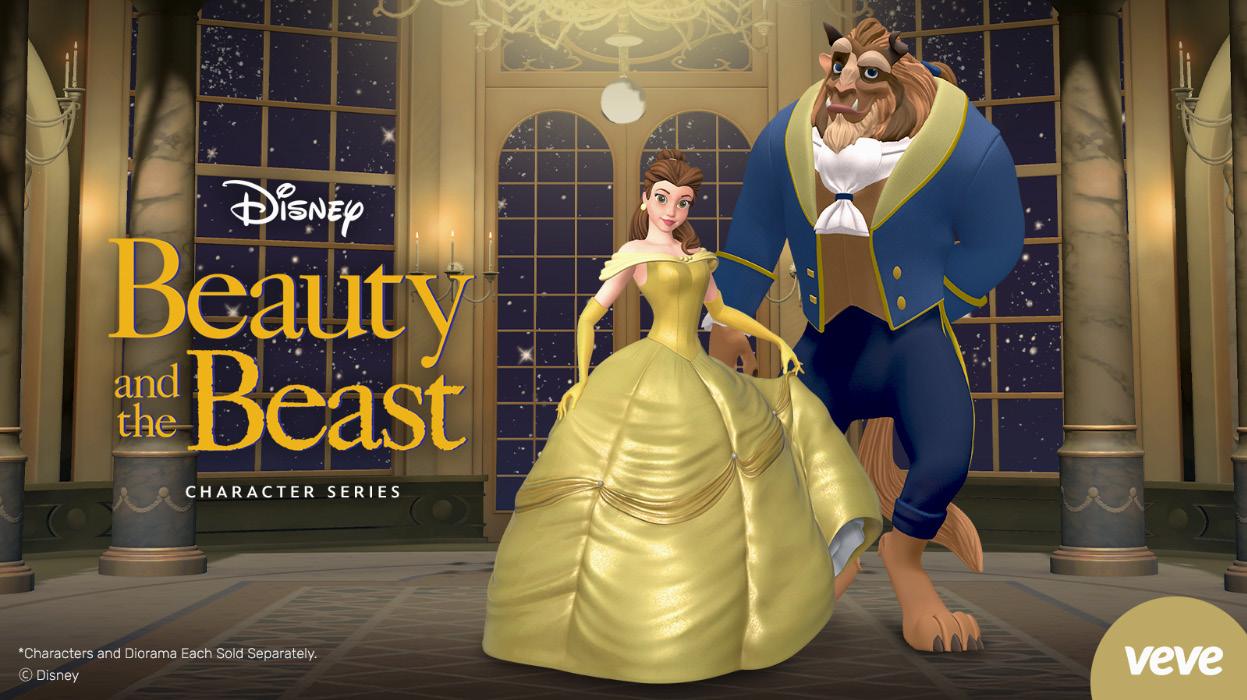
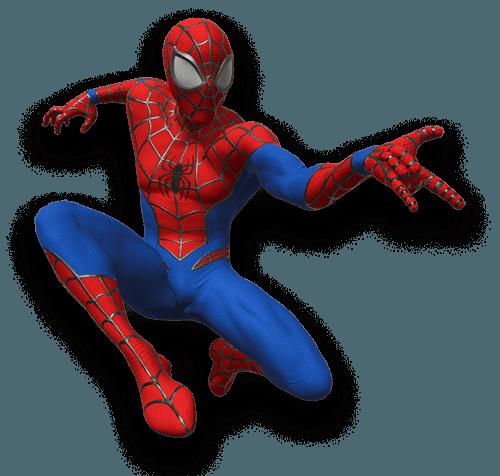

trend. And we believed that brands like Marvel, DC, and Disney should have a presence in this space, just like they do in the real world, through premium, officially licensed digital collectibles.
That vision hasn’t changed. In fact, we’ve spent the past several years doubling down on it. VeVe today still delivers on our original promise, a digital platform where fans around the world can discover, own, and showcase licensed collectibles. We’ve expanded that universe with things like VeVe Comics, where fans can read and collect digital issues, and the VeVeVerse, a fully immersive world where collectors can interact with their collections in ways the physical world can’t match.
So while the platform has grown, the mission remains exactly the same, to bring the world
So while the platform has grown, the mission remains exactly the same, to bring the world of licensed collecting into the digital age, and make it accessible, social, and engaging.
of licensed collecting into the digital age, and make it accessible, social, and engaging.
For those who are not familiar with NFTs, can you explain what these are and how you have applied brands and their IPs to NFTs with VeVe Collectibles?
Prior to digital collecting, if I had a picture of Batman on my computer, I could send it to ten friends, and they could send it to ten more. There was no real ownership, it was just a file that could be copied endlessly. Blockchain has allowed us to step up from that. We can create a limited number of digital collectibles that are verifiably authentic, each one with its own unique record of ownership that can’t be faked or duplicated.
Another way to think of it is, you can take a photo of the Mona Lisa, but that doesn’t make it the Mona Lisa. The original has provenance. It's tracked, it's documented, and it’s irreplaceable. That’s what blockchain enables in the digital space, authenticity, ownership, and scarcity.
At VeVe, we partner directly with leading IPs, Marvel, Disney, DC, Star Wars to create official, licensed digital collectibles in limited editions. They’re real, verifiable assets backed by blockchain, with proof of ownership and authenticity built in. Every drop is authorised by the rights holders, so collectors know they’re getting something legitimate, a digital collectible with provenance, scarcity, and lasting value.
Licensing has traditionally been focused on consumer products, however your offering is uniquely different. Can you outline how you have approached acquiring the licenses that you have and the appeal of your offering to these brands?
At its core, VeVe is a consumer products business, we’ve brought collecting into the digital era. We create limited edition, highly realistic 3D digital statues and collectibles in the same spirit as physical ones, but with new possibilities for accessibility, engagement, and scale.
CONTINUED NEXT PAGE
That model resonated with licensors because it preserved everything valuable about collecting, scarcity, authenticity, and emotional connection, while removing the responsibility of production, logistics, and shelf space.
Our approach was pure hustle. We flew to LA with a pitch deck, a bold idea, and the belief that digital collecting was the next evolution. But more importantly, we’re collectors ourselves. When we presented to potential licensors, they recognised that we genuinely understood the culture, the fandom, and the value of scarcity and authenticity.
What helped us stand out was offering something new for collectors, while keeping it low-friction for IP holders. No manufacturing, no shipping, no inventory, just a new way to connect with fans.
Describe the typical VeVe collector's demographics and their relation to traditional physical merchandise collectors. Also, explain VeVe's value proposition and the drivers of value within its ecosystem.
VeVe’s core audience is made up of passionate collectors and pop culture fans, the same audience who’ve spent years hunting down rare comics, statues, posters, and memorabilia. A big part of our user base comes from those traditional collecting communities, while others are newer collectors who’ve jumped straight into digital. Either way, the motivation is the same, a love of fandom and a desire to own an item connected to it.
If you're passionate about a franchise, whether it's Star Wars, Marvel, or Disney, you probably already own the T-shirt, the DVD, the action
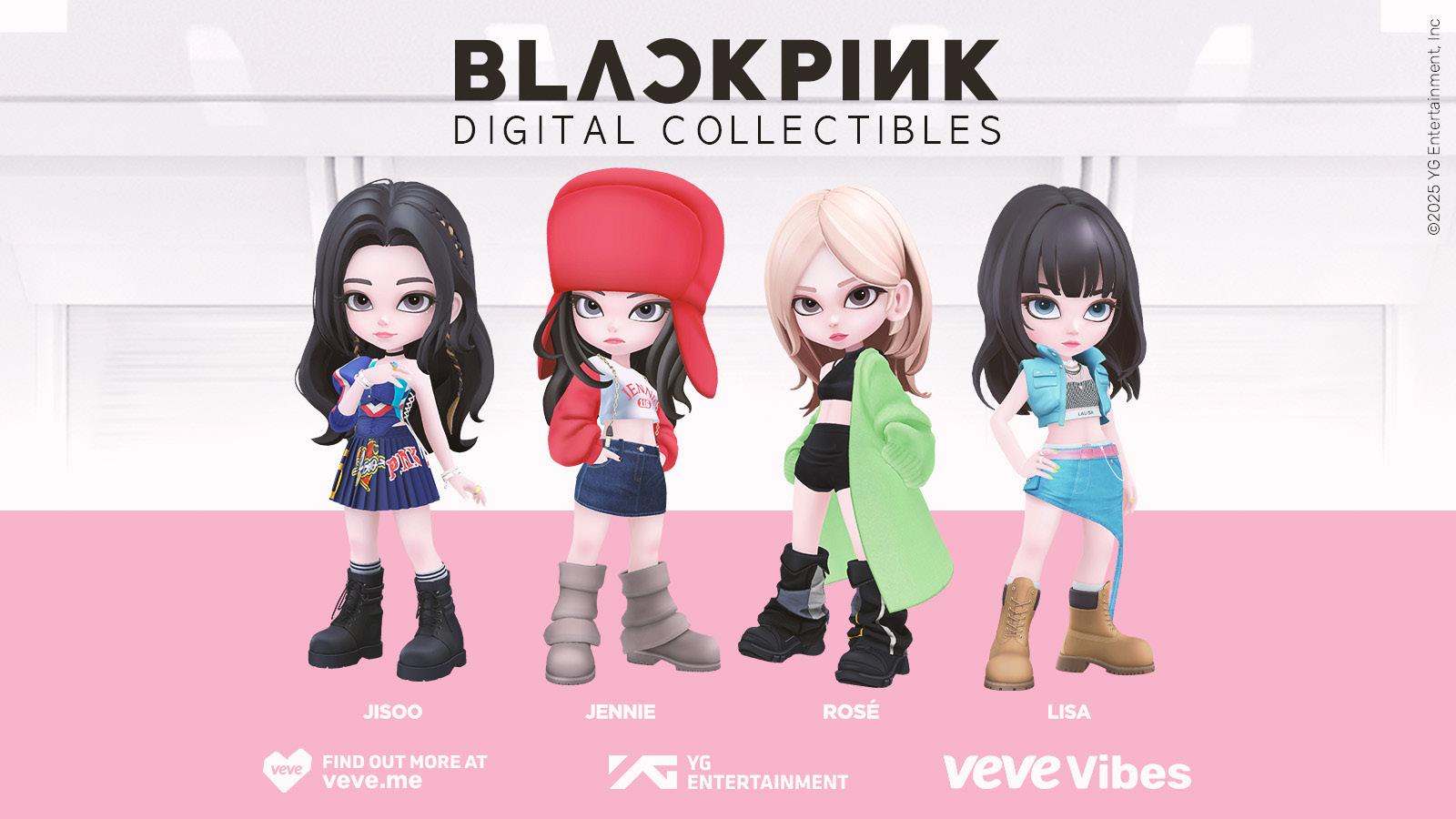
figure and so on. VeVe simply adds to that universe. Now you can own the digital statue, and display it, share it, and engage with it in new ways. For many, that’s where the true value lies, in personal enjoyment, a sense of pride of ownership, and the ability to interact with your collection beyond the physical shelf.
Our collectibles also go beyond static ownership. You can view them in augmented reality, drop them into the real world, and create full virtual showrooms. Scroll through our social feeds and you’ll see VeVe collectibles posed in Times Square or staged at home in elaborate digital setups. That level of creativity and connection is what helps set VeVe apart.
From a brand perspective, how does your platform's features enhance fan engagement beyond sales?
Community has always been at the heart of VeVe. We involve our users in shaping the platform, from feature development to the types of content we roll out, because we’re building a platform by collectors for collectors.
that pride and passion into the digital world, giving fans a place to set up their showrooms, invite others in, and make it their own. Our collectibles are interactive by design. With AR, fans can drop a digital Batman in landmark scenes or pose Spider-Man on their coffee table. That level of engagement just doesn’t exist with physical products. You're not limited by space or geography, it’s global, and invites people to connect in new ways.
Can you also explain your secondary market and how it contributes to the ecosystem for licensors?
If you're passionate about a franchise, whether it's Star Wars, Marvel, or Disney, you probably already own the T-shirt, the DVD, the action figure and so on. VeVe simply adds to that universe.
A good example is the VeVeVerse. The objective behind building our metaverse was that collectors don’t just want to own, they want to display. Whether it’s a shelf, a wall, or an entire room, curating and showcasing your collection is a huge part of the experience. We brought
The secondary market is pivotal part of the collecting world. Collectors want the freedom to buy and sell, or cash in, and we’ve built the platform with that in mind, from day one. Since launch, our community has generated over $1.4 billion in secondary market transactions. But the real innovation is what it unlocks for licensors. In the physical world, a brand might sell a statue once and only benefit from that sale once, no matter how many times it changes hands thereafter. On VeVe, thanks to blockchain, licensors earn a royalty on every resale, forever.
That means the IP holder continues to benefit every time their collectible moves through the market. This model creates a living ecosystem where digital collectibles stay relevant,

collectors stay engaged, and licensors earn ongoing revenue without any effort. It’s a game-changer for how IPs can be monetised long term.
How important are digital assets to brands (complementing, replacing, or creating new categories?), and specifically, how does VeVe collaborate with publishers like Marvel and DC to translate the comic reading experience into a digital format?
From the beginning, brands saw the opportunity not just to complement their physical products, but to create entirely new categories. Our objective wasn’t to replace physical collectibles or comics. What we offer is another way for fans to connect with the IP they love, one that’s more accessible, more interactive, and in many ways, more scalable.
This is especially true with VeVe Comics. We’ve worked closely with publishers like Marvel to bring their titles into digital without losing what makes comics special. We’re not reinventing the comic, but enhancing the experience. You can
read panel-by-panel, zoom in on the artwork in high resolution, and enjoy layouts designed for both immersion and clarity. Plus, digital never degrades. You can bag and board your physical copy for safekeeping, and read the digital version anytime without damaging a thing.
We’re also focused on improving that experience continuously. For readers, it means a cleaner, more dynamic way to explore stories. For publishers, it opens up access to global audiences without the challenges of shipping, shelf space, or print runs.
Given the unique characteristics of the Australian market, what specific opportunities are you most excited about, and what are your key goals for VeVe in Australia?
Australia has an incredibly passionate comic and collector fanbase, but like our home New Zealand, it’s often left out of the global fandom conversation. One of our goals is to change that. We want Australian collectors to feel just as seen, valued, and engaged as fans in larger markets like the US or Europe.
We’re also excited about supporting indie publishers and creators. VeVe already works with publishers like Humanoids and Ablaze, whose comics would usually not reach Australian shelves. By bringing those titles to VeVe, we’re giving Australian fans content they may not have discovered otherwise.
Long-term, our mission is to connect with and grow the comic and collector communities across the Southern Hemisphere. We want to offer content that doesn’t usually reach this part of the world, and do it in new, exciting ways, through AR, virtual spaces, and experiences that let fans engage more deeply with the IPs they love.
For companies in Australia who are interested in what VeVe offers, how can they best reach out to you and start a conversation?
Simply send an enquiry to marketing@veve.me, and our team will be in touch to start the conversation. We look forward to exploring potential opportunities together!
FROM GG'S TOY BOX
BY GRAHAME GRASSBY
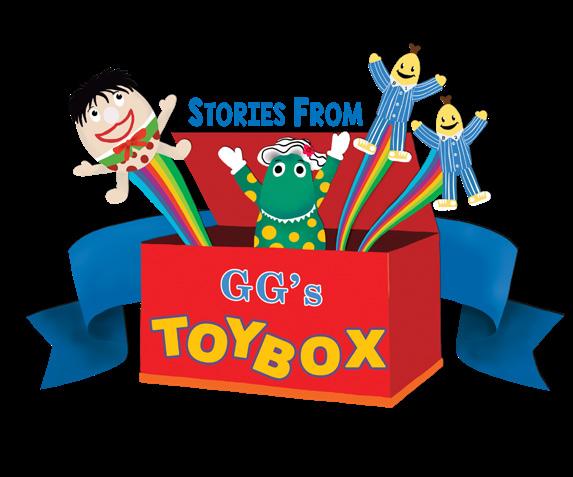
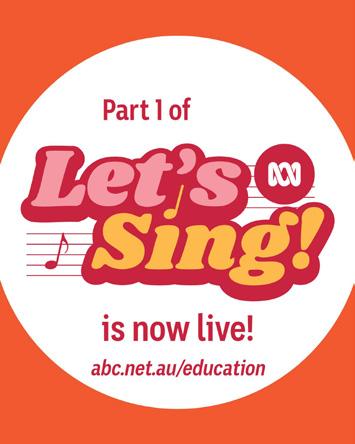
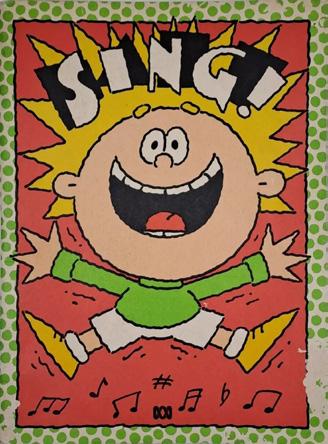
In March of this year ABC Education launched the TV program Let’s Sing, hosted by Emma “Emma Memma” Watkins, which saw a return to the ABC of the much loved original Sing radio program.
Back in the day, when I had just started my first full-time job following an unsuccessful seven year journey through university, I also experienced a somewhat different return of the Sing program.
One morning six months after starting work as a storeman at the ABC Enterprises’ warehouse in Sydney, a semi-trailer came up the ramp to the warehouse with a consignment of two pallets of books consigned to ABC School Booklets.
There was nothing unusual about this delivery, as ABC School Booklets was a part of the ABC’s commercial division, ABC Enterprises and the ABC School Booklets office was located within our building.
We were a warehouse that was primarily used for receiving pallets of books, LPs and cassettes which were the products being produced by ABC Enterprises and were being sold in the ABC Shops.
About half an hour later another truck arrived also carrying a number of pallets of books for ABC School Booklets with South Australian number plates and when the third truck arrived 15 minutes later, this time coming from Queensland, there was definitely something going on that I needed to find out about.
I’d never met the manager of ABC School Booklets before and after asking our office manager for directions, I went downstairs to a pokey little office to find a pleasant woman managing a department of one, looking up from her desk, smiling and asking, “Can I help you?”.
“I hope so – I’m Grahame from the warehouse and I was wondering if you know anything about pallets of books arriving addressed to ABC School Booklets?”
“Oh yes, that would be the Sing Books”.
And there it was – the Sing Books.
“The Sing books?” I asked.
“Yes, the Sing books – I sent out an internal ABC memo to all departments advising them to return any unsold Sing Books to our warehouse.”
“And do you know how many unsold Sing books there are as we’ve already had four deliveries this morning?”
“Oh I have no idea – but I’m sure there can’t be that many.”
Well the ABC School Booklets manager’s best guess was more than a little off the mark.
There were in fact millions of Sing books out there – from every ABC office in Australia unsold Sing books had been stored each year for the last 20 years, in offices, in basements, in off-site storage facilities, even in home garages and all it took to unleash this flood of sing books was one simple ABC inter-office memorandum which read:
Please return any unsold ABC School Booklets to ABC Enterprises Warehouse

The next day, with trucks queuing to deliver their pallets of Sing books, I went back to the School Booklets manager’s office:
“Claire you’ll have to do something about these Sing Books, we’re running out of room to take too many more deliveries”.

Claire simply said, “Call Graeme Clifford, he’ll know what to do, I’ll just find you his number”. Claire gave me Graeme Clifford’s number and I called him.
And Clifford, as I call him due to our name clash, did know what to do – he had them all delivered to his warehouse instead.
And this is how I met Australia’s biggest book remainderer and discovered that Clifford’s warehouse was where book publishers from all over the world dumped all their unsold books – I had stumbled upon one the world’s largest book graveyards.
After taking delivery of ninety pallets, the deliveries of the Sing books finally stopped.
For twenty years ABC School Booklets had been publishing around one million copies of the Sing book each year and sending them to every ABC office around Australia so that they could be picked up by teachers from the primary schools in their local areas – it was just that no one ever realised that they never actually sold all the books that were sent out around Australia each year and that there were more than three million Sing books just waiting for an ABC inter-office memo to arrive through the internal mail requesting their return.
The three million Sing books were sold to Clifford for a few cents a copy, who in turn onsold them to a seller of carnival showbags for a few cents more.
Clifford made a few dollars, saved my bacon, became a lifelong friend to this day and for the next few years, carnival showbags that were sold at all the agricultural fairs around Australia included one old ABC Sing Book.

KALEIDOSCOPE’S BIG CHRISTMAS www.kaleidsocope.com.au
This Christmas, customers are looking for gifts that stand out—products with strong design, lasting value, and a sense of occasion. Kaleidoscope offers a wide range of toys that do just that. From imaginative play to movement-based fun, our brands offer something special for every child and every kind of Christmas morning.
Le Toy Van continues to impress with multi-storey dollhouses and richly detailed wooden play worlds. Designed to inspire open-ended storytelling, these heirloom-quality toys are as beautiful as they are engaging.
Tender Leaf Toys brings charm to the season with role-play sets like market stalls, laundrettes, and scooters. Crafted with care and built to last, they encourage creativity and social development.
Trybike’s steel 2-in-1 trikes combine classic styling with sturdy construction, offering a reliable and enjoyable ride for active little kids.
Yvolution adds something fresh to the mix. Their ride-ons and multistage trikes are cleverly designed to grow with the child, blending sleek aesthetics with practical features. It’s a movement-focused range that brings genuine innovation to the category.
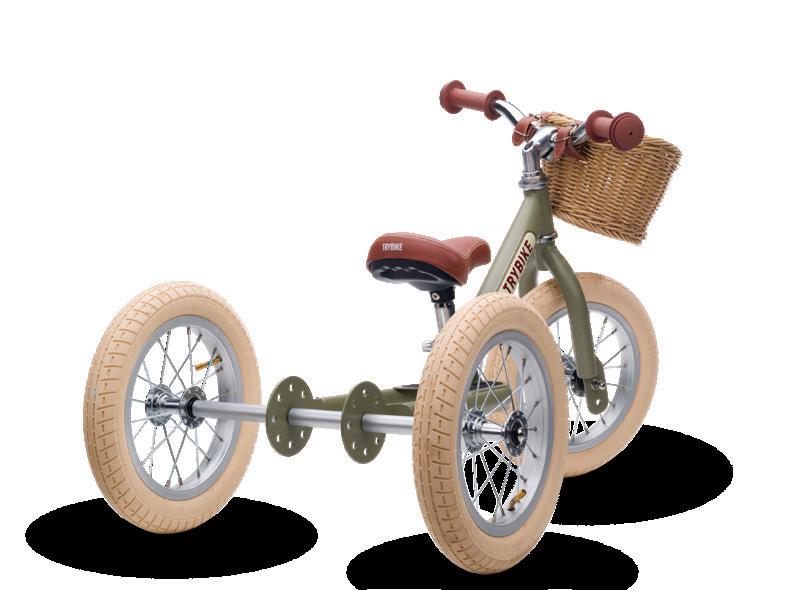

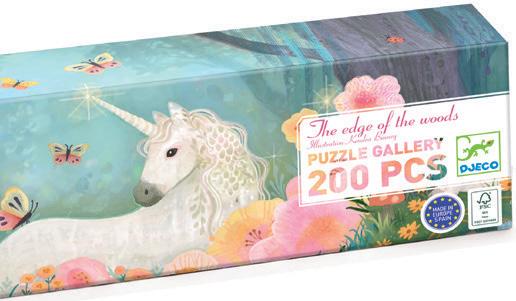

Djeco’s Pomea collection introduces a beautifully curated world of dolls and accessories, designed with soft fabrics, gentle colours, and thoughtful details that encourage nurturing play.
Sam & Julia offers miniature storytelling sets that spark imagination and look lovely on display—perfect for quiet moments and creative play.
With 18 brands and over 35 years of experience, Kaleidoscope supports Australian retailers with toys that are well-made, thoughtfully designed, and proven to perform in-store and online.

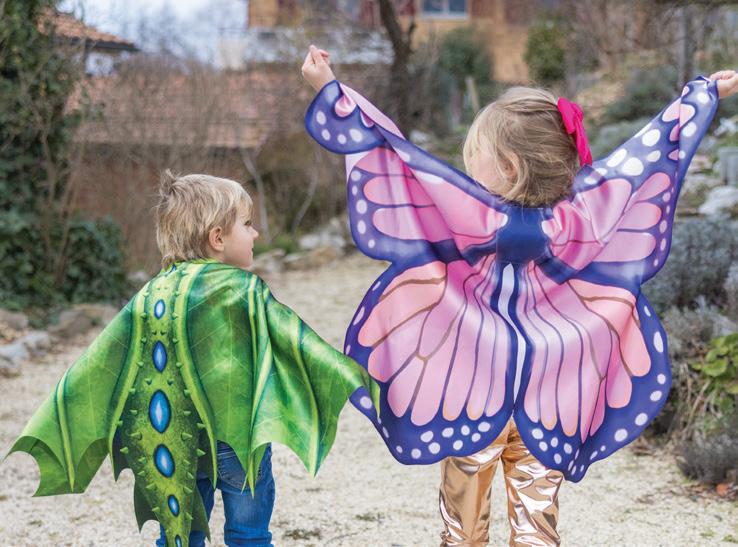
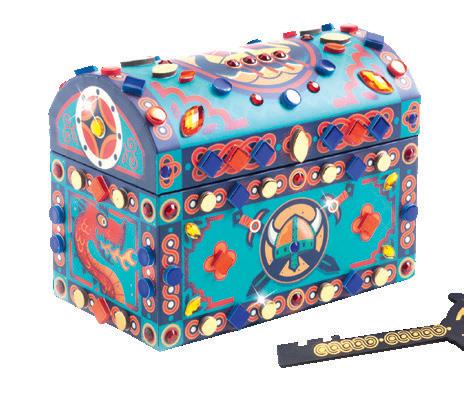
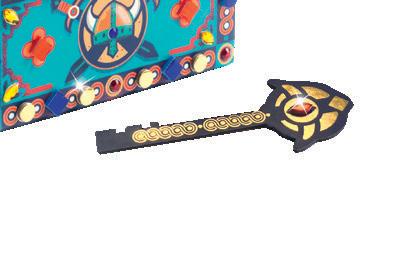

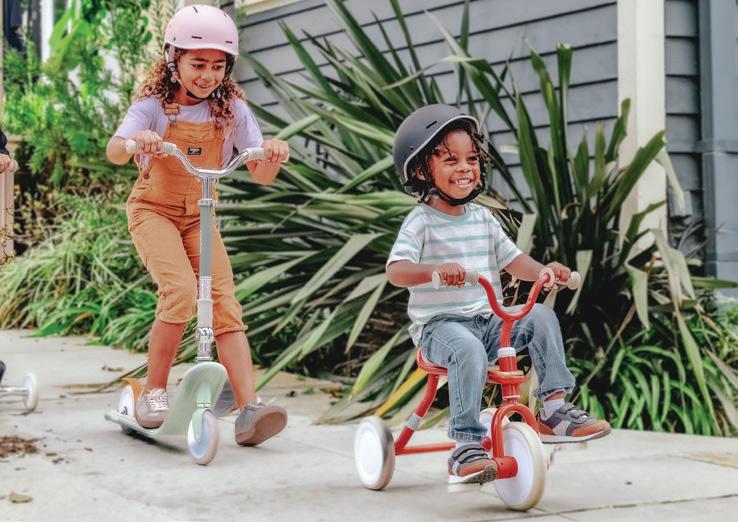




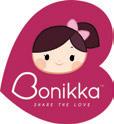

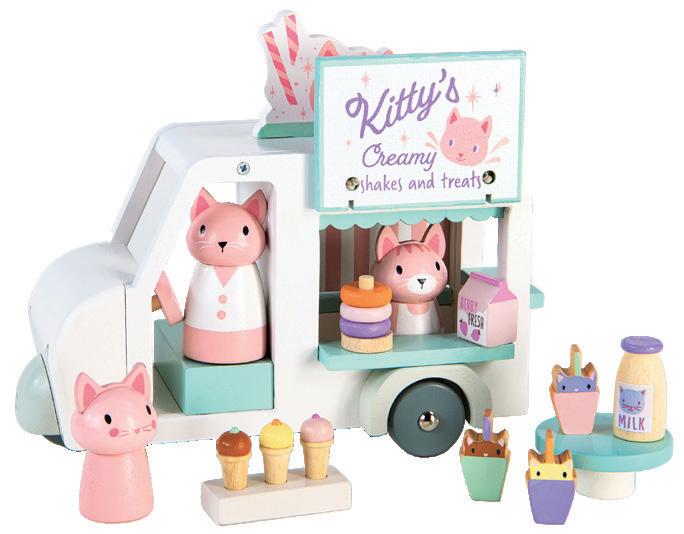
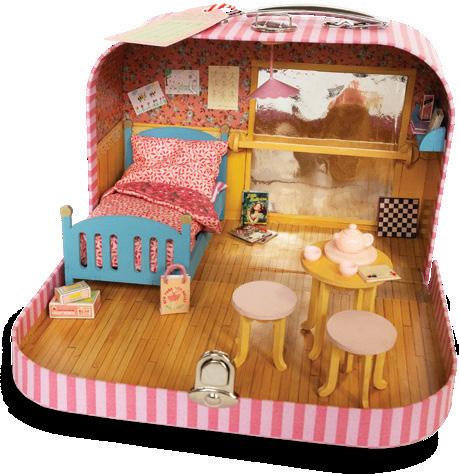




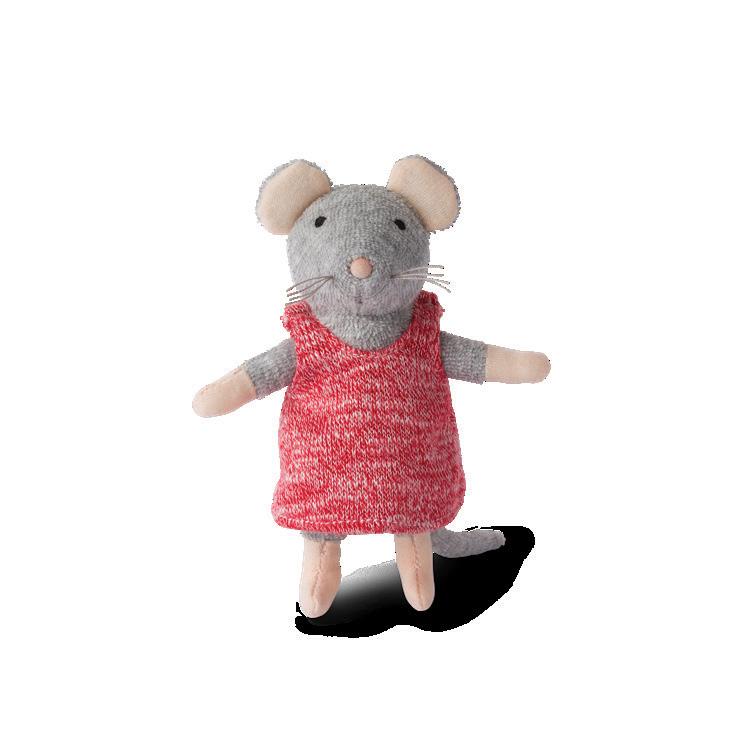




Amid relentless market turbulence and the ongoing tariff saga, the toy industry is proving itself more resilient—and more innovative— than ever. Sales are climbing in key markets, and the energy is palpable. This is the perfect moment to look beyond the horizon and spot the next big wave.
Beyond the rise of Kidults expanding the toy universe, a seismic shift is already transforming how toys are discovered, shared, and purchased: social shopping
In China and across the Far East, social commerce has already rewritten the rules of retail, and it’s poised to disrupt the global toy landscape in ways we’ve only begun to imagine.
Imagine your brand not just being seen, but being experienced, shared, and bought—all within the scroll of a feed.
Platforms like TikTok, Instagram, and YouTube are turning everyday browsing into instant shopping, with one in three young Americans now shopping on social media every week. Influencers and viral content are driving toy sales to new heights, and the brands that master this space are capturing the hearts—and wallets—of a new generation of fans.
If you’re not already thinking about how your toys can become the next social sensation, now’s the time to get in the game. Social shopping isn’t just a trend—it’s the future of toy retail, and it is my view that every toy company should be racing to seize the opportunity.
Social shopping is already reshaping e-commerce, with global sales projected to surpass $2.9 trillion by 2026. Platforms like TikTok, Instagram, and Facebook are leading this charge, offering seamless shopping experiences that integrate product discovery, engagement, and purchase within the same platform.
The toy retail market has faced challenges in recent years. The ‘contracting’ of retail makes us feel the opportunities to sell our products is dwindling. This underscores the need for innovation.
Social shopping offers a way to counteract declining physical retail space by reaching consumers where they already spend their time— on social platforms.
Lessons from China, the adoption by the West, and the lead of ‘Fashion & Beauty’
China’s social commerce ecosystem, valued at $5 trillion in 2024, thrives on immersive, interactive experiences:
• Live-stream Shopping: Platforms like Douyin (TikTok’s Chinese counterpart) host real-time product demonstrations, where influencers showcase toys while engaging viewers. In 2023, Douyin’s live commerce sales grew by 80% YoY, proving its power to drive impulse purchases.
• Shoppable Content: Over 60% of Taobao and Tmall’s app interfaces are dedicated to short videos, reviews, and usergenerated content (UGC), turning browsing into a social activity.
The fusion of social media and e-commerce—social shopping— is revolutionizing retail. With global social commerce revenue projected to grow at 31.6% annually and reach $6.2 trillion by 2030, brands that adapt now will dominate this seismic shift. China’s trailblazing integration of entertainment, community, and commerce offers a blueprint, while Western markets are rapidly catching up, most especially in fashion and cosmetics. The toy industry should be looking very closely at this opportunity.
The toy, game, e-game, and kids’ licensing industries are at a crossroads. With traditional retail shelf space shrinking and digital platforms revolutionizing consumer behaviour, brands must adapt to survive and thrive. Social shopping—where consumers discover, engage with, and purchase products directly through social media platforms—is not just a trend but a transformative retail opportunity. This article explores why social shopping is essential for these industries and how brands can prepare for this shift.
• Influencer Ecosystems: Key Opinion Leaders (KOLs) and micro-influencers dominate toy marketing, with 84% of Gen Z following beauty and lifestyle influencers.
For example, Xiaohongshu (Little Red Book) blends peer reviews with direct purchasing, creating a trusted space for parents to discover educational toys.
While China leads, Western markets are adopting social shopping features, including toyco’s:
• Instagram and TikTok Shops: Over 56% of UK consumers have bought directly via social platforms, with shoppable posts and live streams driving £7.3 billion in UK social commerce sales in 2023. Fashion and cosmetics brands like Glossier and Anne Klein pioneered these tools, but toy brands are now leveraging them.
• Shoppable Reels: LEGO uses Instagram Reels to showcase building tutorials, linking directly to product pages.
• TikTok Challenges: Hasbro’s #NerfChallenge generated 10M+ views, blending UGC with viral marketing.
• Live Commerce: Facebook and Instagram’s live shopping features mirror Douyin’s success, with 72% of users making purchases based on Instagram content.
The leaders in the space, though, are the fashion and beauty brands who have mastered social shopping and are, for now, way ahead of other categories. They have achieved it by blending storytelling with technology. Key strategies include:
• User-Generated Content (UGC): Brands like Glossier encourage customers to share their experiences with products, fostering authenticity and trust.
• Interactive Content: Fenty Beauty uses TikTok tutorials and live shopping events to engage audiences while showcasing products in action.
• Inclusivity and Community Building: Rare Beauty ties its brand story to mental health advocacy, creating an emotional connection with consumers.
These approaches have led to significant success. For example, health and beauty is one of the top categories for social shoppers, with 42% of buyers purchasing products through social platforms occasionally. Toy brands can replicate these tactics by fostering communities around playfulness, creativity, and family bonding.
To succeed in social shopping, toy brands must address both operational logistics and brand strategy:
• Readiness for success: CRUCIAL. Review the business capabilities in being able to deliver ‘pick and pack’ directly to consumers. What happens when a customer presses ‘Buy It Now’.
• Platform Integration: Establish digital storefronts on platforms like Instagram Shops or TikTok Shop to enable seamless purchases.
• Mobile Optimization: Ensure websites and e-commerce platforms are optimized for mobile users as mobile shopping continues to grow.
• Analytics Tools: Use data-driven insights from social platforms to track consumer behavior and refine strategies.
• Relatable Brand Stories: Modern consumers demand authenticity. Brands must craft narratives that resonate emotionally with their audience—whether it’s about sustainability, innovation, or nostalgia.
• Brand Positioning: Take a deep dive into the business and brands. Are they positioned for success? Consider every consumer touch point, are you watertight in consistency?
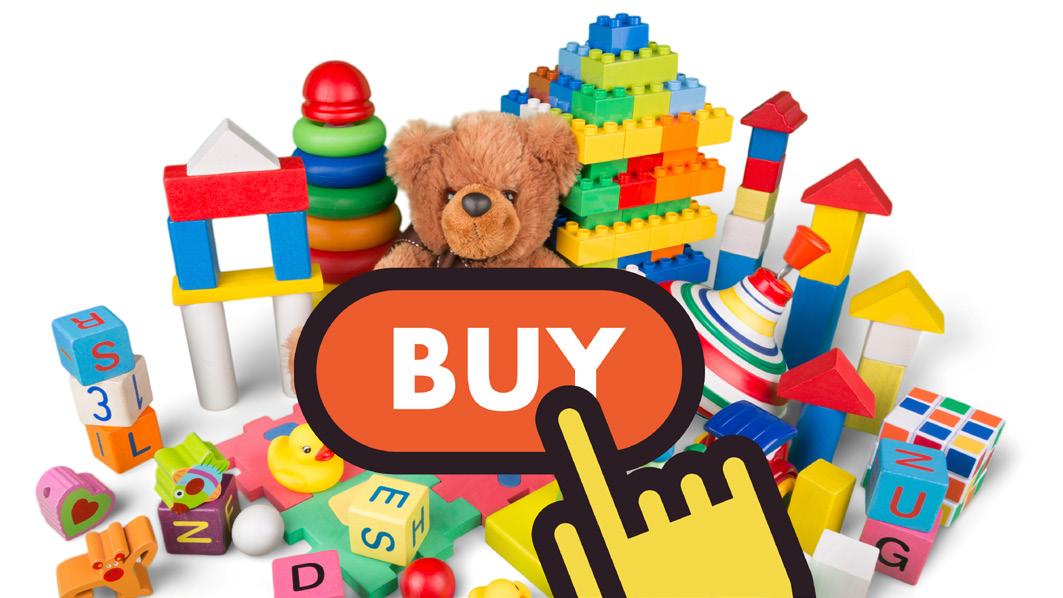
Can the consumer relate to your brands and will they be happy to purchase directly from them?
• Content Strategy: Plan the way you tell your story and how to communicate products which will sell immediately –Eg Influencer collaborations, Interactive cross platform campaigns.
• Leverage UGC: Encourage customers to share unboxing videos or playtime photos using branded hashtags. For example, Melissa & Doug’s Family campaign amplifies authentic peer recommendations.
• Host Live Shopping Events: Partner with influencers to demo products in real-time. Use platforms like Instagram Live or TikTok LIVE to offer limited-time discounts.
• Optimize for Mobile: Ensure seamless checkout experiences, as 68% of social shoppers use mobile devices.
Social shopping isn’t just an additional sales channel; it’s a cultural shift in how consumers interact with brands. For the toy industry— rooted in fun, creativity, and family connections—this represents an exciting opportunity to redefine customer relationships while driving growth.
By embracing social shopping now, toy brands can:
• Expand their reach beyond traditional retail constraints.
• Build deeper connections with younger audiences who prefer digital-first interactions.
• Stay ahead of competitors who are slower to adapt to this new reality.
The transition to social shopping may seem daunting, but it’s also an incredible opportunity for growth and innovation. By focusing on authentic branding, engaging content, and seamless integration with social platforms, toy brands can unlock new revenue streams while staying relevant in an evolving market. As China’s success shows, the brands that blend entertainment, community, and convenience will win the playroom—and the marketplace.
Social shopping isn’t the future—it’s already here. By embracing live commerce, UGC, and platform partnerships, toy brands can tap into a $6.2 trillion opportunity. Whether through DIY innovation or platform collaboration, the key is to start small, test relentlessly, and prioritize authentic engagement.
As a thought leader in this space, Nic Jones is here to guide your brand through this transformation. Whether you’re looking for strategic insights or hands-on support in implementing social commerce strategies tailored for the toy industry, let’s start a conversation about how your brand can lead in this exciting new era of retail innovation.
Nic has over 30 years experience working with brands within kids & family targeted entertainment, toys, FMCG and retail. He is the founder and director of SituAction. SituAction is a specialist brand planning and strategy agency at the forefront of social shopping - the emerging frontier where commerce meets community, and the next movement in brand awareness and direct-to-consumer selling. We Future-Proof brands by helping clients to clarify, develop and implement strategies that ensure true distinctiveness in a crowded marketplace.
Web: www.situaction.co.uk | Tel: +44 7836 373271
Connect with Nic Jones on LinkedIn

www.about.me/thierrybourret
If you still think private label is just about cheap knock-offs and budget filler, you haven’t been paying attention.
Walk into any Kmart in Australia and take a proper look. Roughly 85% of the toys on their shelves are under their own Anko label. Not hidden in the back—front and centre. Target's not far behind, now pushing around 50% private label and increasingly sourcing from the same pool as Kmart. Different logo, same supply chain. No surprise really—they both belong to Wesfarmers.
Even Hamleys, which used to be a proper destination for discovery, has fallen in line. I remember looking forward to going there, hoping to find something new and different— some clever startup brand, or a toy I hadn’t seen before. The last time I went? It was just shelf after shelf of their own-label stuff. Polished, yes. But uninspiring.
And then there’s Addo Play—originally launched by The Entertainer in the UK. It was clever in a “protect your margins” kind of way. But now they’re selling Addo into other retailers. Same with FAO Schwarz—you can find their private label in stores they don’t even own. I’ll admit, this bit puzzles me.
Why would any retailer stock another retailer’s brand? It’s like letting someone else park their food truck in your restaurant. I must be missing something, because unless there’s some brand illusion that consumers buy into—or the margin is just that good—I don’t quite get it.
But that’s where we are.
Retailers want control. Control of pricing, supply chain, margins, and speed. And own-brand gives them that. They’re not at the mercy of licences, or brand owners with inflated RRPs and long lead times. They can copy what’s trending, tweak it, and land it on
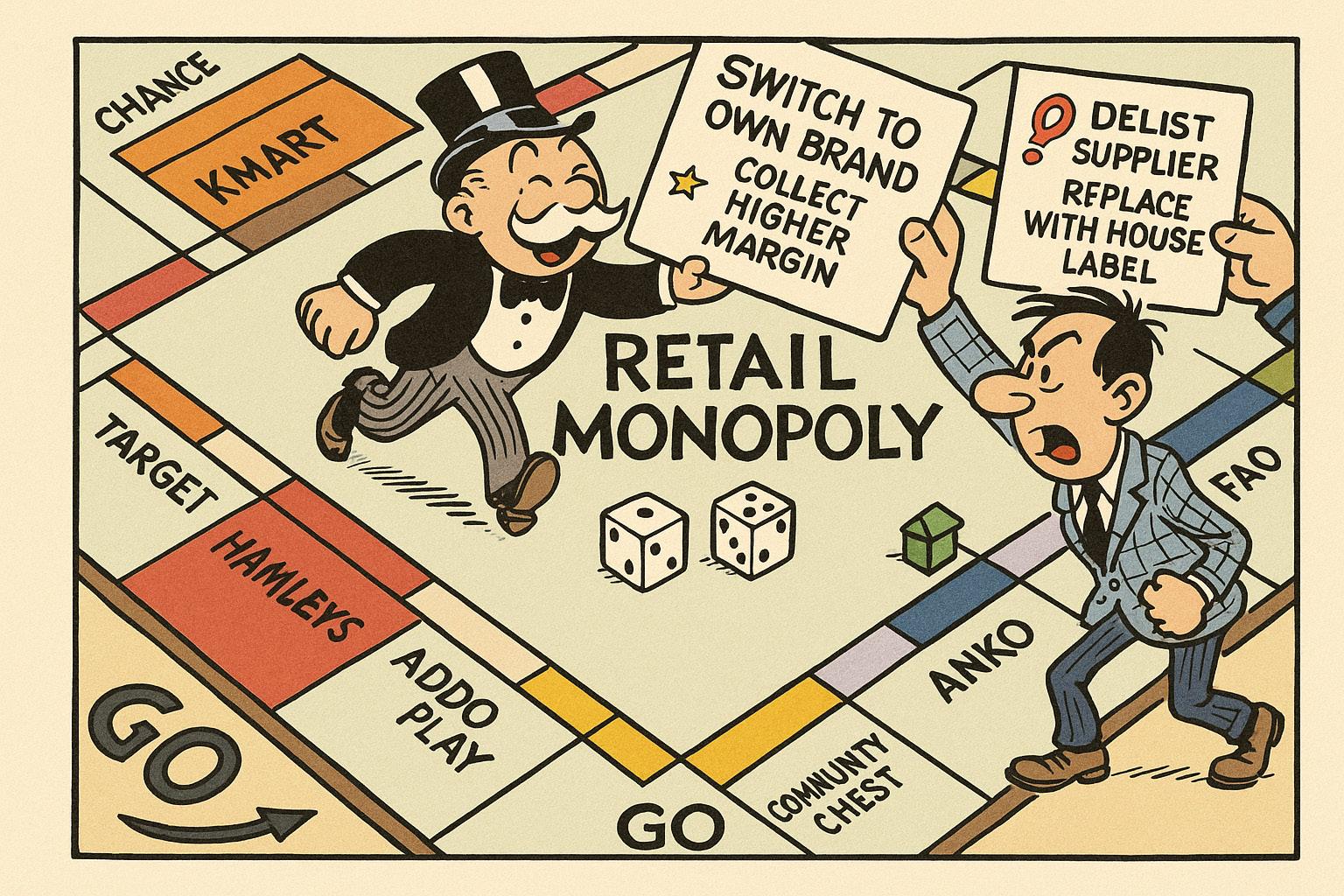

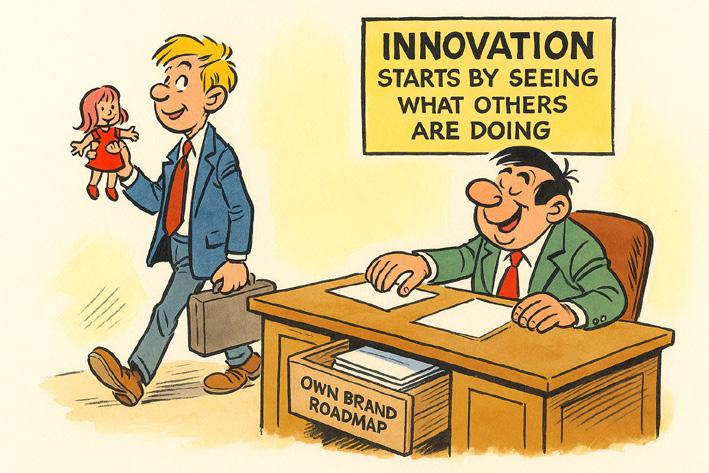
shelf before a branded rep has even booked their showroom at Toy Fair.
Meanwhile, brands are getting squeezed—on price, shelf space, and even relevance. Retailers aren’t just gatekeepers anymore. They’re direct competitors.
And let’s be honest: own-brand rarely leads innovation. It leads safe, price-pointed versions of what’s already working. And as own-brand takes up more real estate, the aisle becomes more predictable, less exciting.
Yes, it’s good business for the retailer. But it’s a slow erosion of what made the toy industry dynamic in the first place—brand stories, product originality, the joy of discovering something new.
And unless brands start thinking differently about how they sell and where they sell, they’re going to find themselves replaced by something that looks a lot like them, only cheaper and faster to produce.
Thierry, a seasoned international sales and marketing expert, founded Konomocha in 2015. With over 20 years of experience, he helps toy and stationery brands expand into EMEA and APAC markets.


WHILE THE BATTLE FOR CUSTOMER LOYALTY HAS WELL AND TRULY ENTERED THE DIGITAL AGE, MANY ORGANISATIONS ARE STILL MANAGING LIKE IT’S 1985
Consumers are moving fast — chatbot consultation is on the rise. In today’s hypersocial world, customers are using generative AI tools like ChatGPT as a form of third-party authority to support, justify and articulate complaints, to analyse company policies, and turn them into persuasive arguments. They aren’t just feeling disappointed; they’re using AI to endorse and amplify that dissatisfaction with emotion and logic.
THE RISE OF THE AI-AUGMENTED CUSTOMER
This is a pivotal shift. Consumers are becoming AI-augmented. More prepared, and increasingly more confident, they are calling out service grievances and flawed systems, publicly and persuasively. It’s no longer just about reviews or ratings.
Meanwhile, many businesses still rely on blanket rules and rigid policies that were written for a different era. The reality in many organisations is they hire smart people but force them to operate inside “dumb” systems


A REAL-LIFE EXAMPLE: WHEN POLICY KILLS LOYALTY
This column’s writer was recently presented with a perfect case in point. What level of service should a loyalty program customer with a major pet supply retailer and a regular monthly spend of $100–$150 expect? More than what was delivered — and the chatbot agrees.
It’s a familiar tale. The spouse who doesn’t usually shop does the shopping and purchases a different brand of cat food. Unimpressed, Cat refused to eat it.
Back at the store, the situation was explained to the store assistant with a request to exchange the unopened packets for the usual brand.
A dutiful employee, she followed company policy, searching the customer’s account for the purchase. It wasn’t there as the loyalty program wasn’t used during the transaction. “Sorry,” says the employee. “I can’t give refunds without a receipt.” No, not a refund — an exchange. “Still need proof of purchase.”
The customer is out of pocket by $8.40. But more significantly, she’s also annoyed. Her loyalty, reviewed in detail by the staff, clearly meant little.
Refund policies, like many standardised processes, are designed to protect against fraud and inconsistencies. But in practice they dumb down decision making.
Responsibility is pushed away from people and the burden is on the customers to ‘prove’ themselves.
The ChatGPT analysis of the situation concluded that staff did the right thing for the business (checking the loyalty account, following the refund policy to prevent abuse), but the smart thing was not done. Its verdict: The store’s narrow approach likely cost them a loyal customer.
Today, the biggest threat isn’t fraud — it’s rigidity.
In the age of AI, policies need a rethink. This doesn’t mean abandoning rules — it means applying them intelligently. It means training, such as in business acumen and decision making to enable intelligent support of the business’s goals. "We can’t make exceptions” does not work in a smart era.
AI alone will not help: deploying it with outdated policies just scales bad processes. AI's role is to enhance, not replace, human capabilities. Customers are doing it and expect the same level of considered response from your people.
With AI, companies can go well beyond simple automation. Using it to test policies, simulate outcomes, and redesign customer workflows, they can implement system change quickly and at low cost.
Now that your customers are using AI, your business can’t afford not to. That’s not just good service. It’s smart business.

When I cast my mind back to my school days (which was some time ago), I remember we used to get Half Year Reports reviewing our progress and outlining how we might be able to "correct our course" during the rest of the year. I remember it was a report that often got my Dad hot under the collar!
With this memory in mind, I thought that I would produce a Half Year Report for Licensing in the UK. With an emphasis on the trends I've noticed in the first six months in the UK market, I've confined myself to five observations and rather than provide any remedial advice on how to "improve things."
It's definitely the age of the fan and fandom in licensing these days. Fan culture is a hot topic of discussion, and it's a market sector that is increasingly well catered for. There are probably multiple reasons for this, including the ongoing success of events like Comic Con, the ongoing rise of social media, the production slate of major studios, and also changes in retail.
Retailers like Forbidden Planet and Menkind have long served the fan market very well, creating retail environments that celebrate

fandom effectively. More recently, a resurgent HMV has delved deep into the fan market and given a lot of space to emerging franchises. E-commerce and direct-to-consumer selling have also accelerated things, with products more readily available to fans.
Companies like Truffleshuffle understand the fan market well and have developed a marketplace that blends products bought in from licensees with a regular program of "exclusives" that they develop themselves. In this latter category, they develop products that show a real understanding of what fans like about a brand, utilizing unique pieces of art or presenting part of a brand's story arc that has previously been overlooked.
Their work with Wallace & Gromit is a great example of this; they've recently launched a number of "exclusives" that feature original designs that resonate well with fans. As "fan culture" grows, it's essential that the licensing community treats the fan community with respect and continues to provide authentic products that fans genuinely want. In short, we shouldn't take fans for granted.
Another trend I've noticed is a greater commitment from rights owners and licensing agents to create licensed products that are well thought through and 'on brand'. Even though we are in challenging economic times, I sense there's been a real commitment to ensuring that licensed products still have added value baked into them. It would be easy to revert to a "label slapping" approach to NPD (New Product Development).
Mojo Nation recently held their Play Creators Conference, which brings together toy companies and the inventor community. This year, there was a new session that allowed IP
owners to pitch their brands to the inventors. Brands like Talking Tom, Great Ormond Street Hospital, and Pop Paper City featured. This is a great example of rights owners recognizing there's a real benefit in getting closer to the creative process and firing up conversations with inventors. Toy companies like Wow Stuff have demonstrated that good ideas, new technology, and IP can be a powerful combination when fused together to create original licensed products.
It has also been interesting to see the heightened level of licensing activity and partnerships in the food and drink sector. FMCG companies and retailers seem to be more comfortable these days using licensing to create products. Often, these products are presented as limited or special editions. In this context, they give retailers a compelling reason to list a new product, and for the FMCG brand, it helps them stand out in an ever-cluttered marketplace. It also takes the focus away from pricing and shifts it more towards innovation.
A great example of this move is spice company Schwartz's range of spice packs created with a number of casual dining restaurants, including The Real Greek and Bella Italia. This approach to NPD has given Schwartz a well-defined offer that consumers can grasp very quickly in-store. The range is also bolstered by a promotional play with discounts on dining in at the participating restaurants. This is a really good example of value-added licensing and how the grocery sector is leveraging licensing effectively. There's also a growing trend for FMCG brands to license their brands out to third parties – two great examples are Bailey’s and Marmite. Both brands have distinct identities and flavor profiles and are using licensing to extend their reach and strengthen their retail foothold. Their licensing presence seems to be growing.
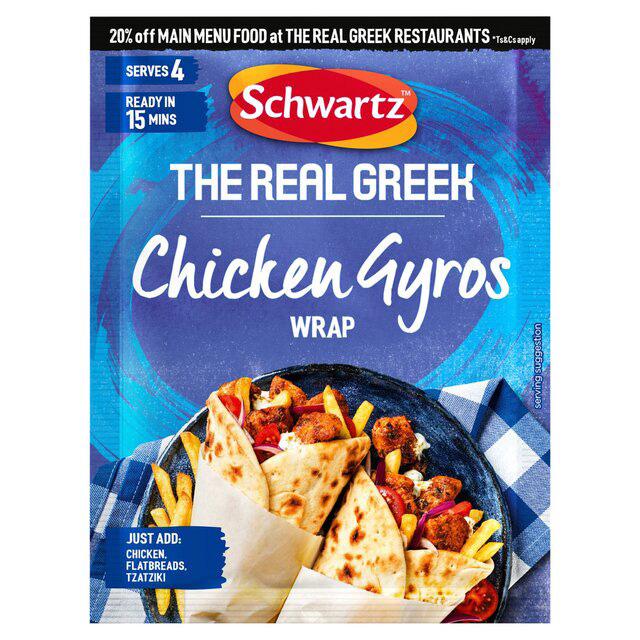
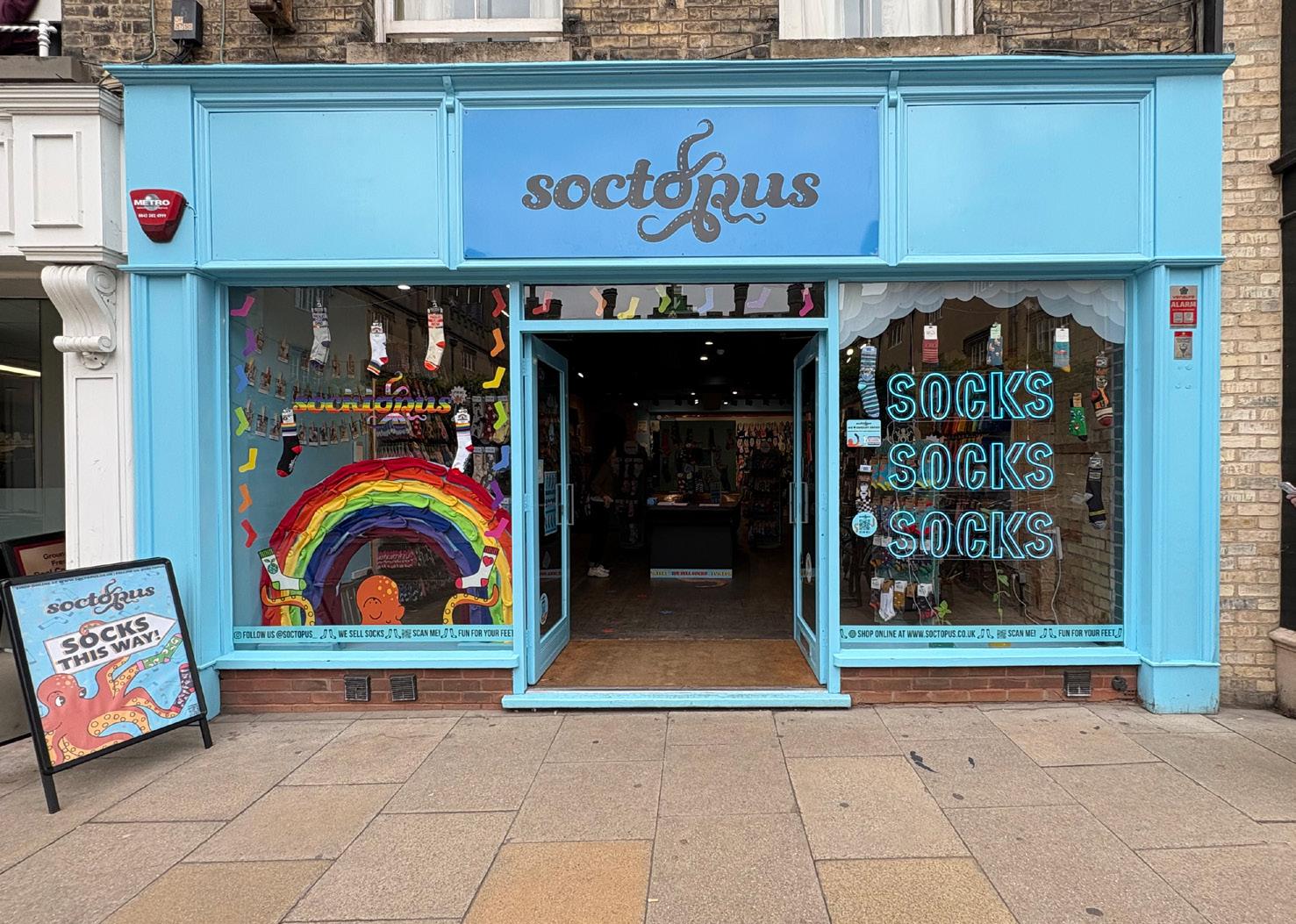
It also seems that licensing, or rather the target market for licensed products, is maturing and aging up. When I first started in licensing some 35 years ago, the industry seemed to focus solely on the children’s market. These days, there are licensing opportunities and campaigns targeting a range of age groups. My sense is that there's a whole generation of consumers who have grown up with licensing and like buying into brands.
A good example of this in practice is the licensed apparel company Character Wear. They've made a virtue of creating licensed ranges featuring ‘retro’ or ‘nostalgia’ driven brands like the publishing brand Haynes Manuals. These sorts of licensed ranges work well these days with the growth of specialist distribution, including e-commerce. It's also getting easier and more efficient to target specific interest groups through digital marketing. There's also growth in direct selling at events and attractions. For example, Haynes Manuals, which is a motoring and aviation brand, works well in settings like specialist Museum shops.
A final observation in my six-month report, and one that I'm particularly encouraged by, is the success of some 'new to licensing' companies. Many of these companies are characterized by their entrepreneurial spirit and their willingness to embrace the potential that licensing offers companies to accelerate their growth or widen their consumer appeal.
Often, these companies are operating in competitive market sectors where licensing gives them an edge. These new companies are helping give the industry some new energy and fresh thinking, and they are also helping to open up new routes to market for licensing.
Socktopus is a really good example of this new breed of licensee. They're a company that specializes in manufacturing and selling socks. They operate a chain of their own shops and also offer wholesale opportunities to other retailers. Their product portfolio mixes their own designs with a carefully curated selection of licensed brands. Licensing gives them an opportunity to bring in new consumers and tell new stories in retail – their licensed ranges encourage consumers to shop again but also open up new purchasing occasions like gifting. Skinny Dip and Oddballs are two other good examples of companies in the apparel sector who operate a mixed economy retail-wise and have recognized that licensing can enhance their offer. These kinds of companies are a reminder that consumers are shopping in different ways these days, and it's important that licensing is represented in as many ‘shop fronts’ as it can be, even virtual ones.
I think if I were to conclude my six-month report with a message to Licensing PLC, I would say: "You are maturing nicely, showing lots of promise, but don’t rest on your laurels and be prepared to embrace new ideas with enthusiasm." I tended to ignore all the advice and wise counsel I got at school – it will be interesting to see if Licensing PLC pays any attention to my closing remarks.

My time in the Australian Toy Industry dates to the early 1980’s when Valentine Textron acquired John Sands who were the local distributor of Milton Bradley games. It was around 1983 that Milton Bradley moved to open their own operations in Australia and so began a 40-year journey in the Toy business.
There have been 2 previous editions of Australian Toy Stories, the first one published in 2005 and the second edition in 2009.
I have recently received the endorsement of The Australian Toy Association to publish Toy Stories 3.
Once again, I have had the ambition to write a chronological account of the Toybiz in Australia for many years. It has been 16 years since edition 2 was published. The rich history of our industry has plenty of fabulous material to draw on.
We take a trip down memory lane from the 80’s when we saw Transformers and Teddy Ruxpin launch and into the 90’s when we experienced the phenomenon that was Ninja Turtles. We look at Tamagotchi in the 2000’s, Bratz in 2002, Zhu Zhu Pets in 2009, the Apple Robotic dog in 2010, Star Wars Mandalorian Baby Yoda in 2020 and more recently The Tonie Box, just to highlight a few.
We intend to engage all the personalities, highlight the great companies and trends of the times and focus a little on the great times we enjoyed.
The book will address the Toyworld era with David Finestone and Terry Carroll, and we will reflect on the advertising/media business during this time with Andrew Skinner. We will look at the period where Toys R Us went head-to-head with World 4 Kids and the Funtastic era. We will look at the Toy Fair which was in Sydney and came to Melbourne.
We will plot the evolution of retailing in Australia beginning with Venture, Fitzgerald, Grace Brothers and John Martins. We intend to highlight some of the great retail personalities of the time.
This special book will be a hard cover edition full of rich history and images of the times. It will be 150 –200 pages.
We have already undertaken significant research, and my plan is to launch this book at the Australian Toy Fair in 2026. We plan to host a special launch party at this time where we will invite the industry to share in this project with us.
Pre-orders of the book will be available for an early bird price of $49.95 + postage and handling. Once launched the books will be available for $69.95 + postage and handling.
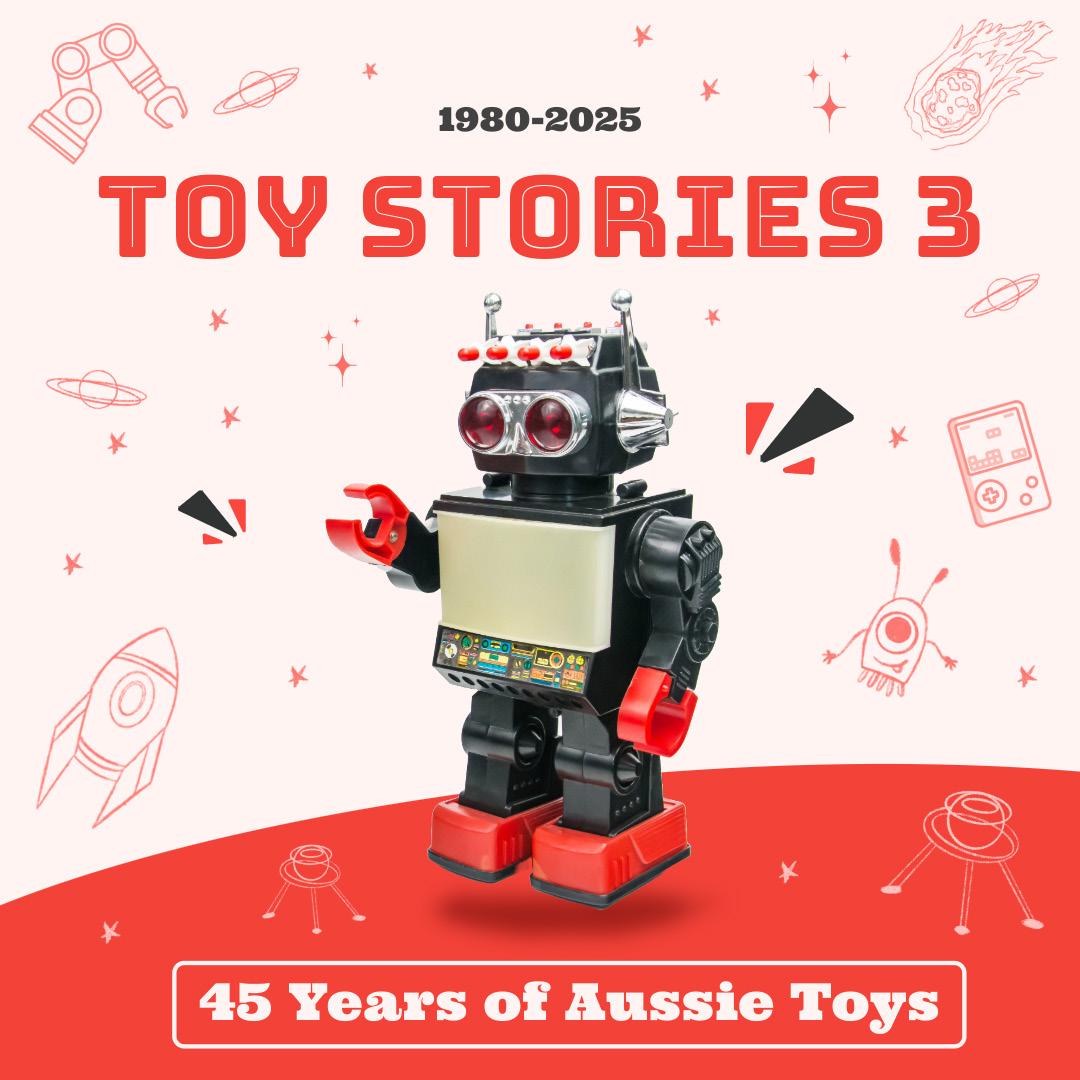
This unique coffee table book will be released as a celebration of 45 Years of Aussie Toys!
OFFICIAL LAUNCH DATE:

Tony Bugg and Bugg Media have been integral to the brand licensing business in Australia for 40 years, witnessing its evolution since the early 1980s.
It's been a long-held dream to document this journey in a book, celebrating the remarkable individuals, defining trends, iconic brands, and the people who managed them. My aim is to capture the vibrant history and highlight Australia's significant role in shaping the licensing industry as we know it today.
Licensing in Australia traces its roots back to 1947 when Disney appointed Walt Granger to establish Disney Enterprises in Sydney. The Granger family had a strong foundation in the Disney comic business at that time.
The emergence of licensing as a serious commercial opportunity began in 1974 when Fred Gaffney's trip to the US revealed the prominence of Sesame Street in retail. He subsequently negotiated a representation deal for the brand in Australia, effectively birthing the modern licensing industry here.
This led to the formation of "GIL", which later became the renowned Gaffney International Licensing. For three decades, Fred Gaffney was a dominant force in Australian licensing, earning global respect for his passion and work ethic. His portfolio included iconic brands such as Thomas the Tank Engine, Raggedy Ann, The Man from Snowy River, The Smurfs, Snake, and The Phantom.
Notably, Fred was instrumental in the global expansion of the successful ABC series Bananas in Pyjamas, a venture he championed
alongside industry stalwart Greame Grassby. Fred Gaffney tirelessly promoted and drove the licensing business in Australia, using his influence to advocate for the industry worldwide. Many of today's leading licensing professionals gained their foundational knowledge and experience working with Fred.
The 1980s also saw key figures shaping the landscape: John Moore led Warner Brothers, and John Cookson succeeded Walter Granger at Disney. Barry Jones, at Milton Bradley Australia, appointed Hugh Harris to manage the licensing of properties like Transformers, My Little Pony, and Playschool. Industry veterans John Walsh and Bob Lee were also prominent, running Copyright Licensing in Australia for many years.
Newman Licensing, under Tony Newman, was a significant partner in Gaffney International. Newman built a successful licensing business in New Zealand before establishing his own thriving operation in Australia.
Significant licensing programs in Australia have also featured iconic brands such as The Simpsons, Teenage Mutant Ninja Turtles, Teletubbies, Toy Story, and the original Jurassic Park. Historically, the Australian licensing industry has heavily emphasized Character and Entertainment brands, particularly within the pre-school sector. During the 1970s and 80s, Gaffney's representation of most high-profile properties significantly influenced market trends.
"GIL" also encompassed a Sporting division, with Fred initially representing the NFL and
IHL in Australia. Later, James Ashworth, a former IMG executive, founded Velocity Brand Management, which now commercially represents major Australian sporting codes including the NRL, Cricket Australia, Football Australia, Tennis Australia, and Rugby Australia.
The landscape has evolved dramatically since those early days, with increased competition and limited retail space making it more challenging for brands to gain significant traction.
This special project will culminate in a hardcover coffee table book (approximately 150-200 pages), a valuable addition to any collection, serving as a chronological tribute to the golden era of licensing in Australia.
Significant research has already been undertaken, and the book is slated for launch at the Australian Toy Fair in 2027. I envision a launch party at the event, bringing together contributors and notable figures from across the industry.
Pre-orders of the book will be available for an early bird price of $49.95 + postage and handling. Once launched the books will be available for $69.95 + postage and handling.
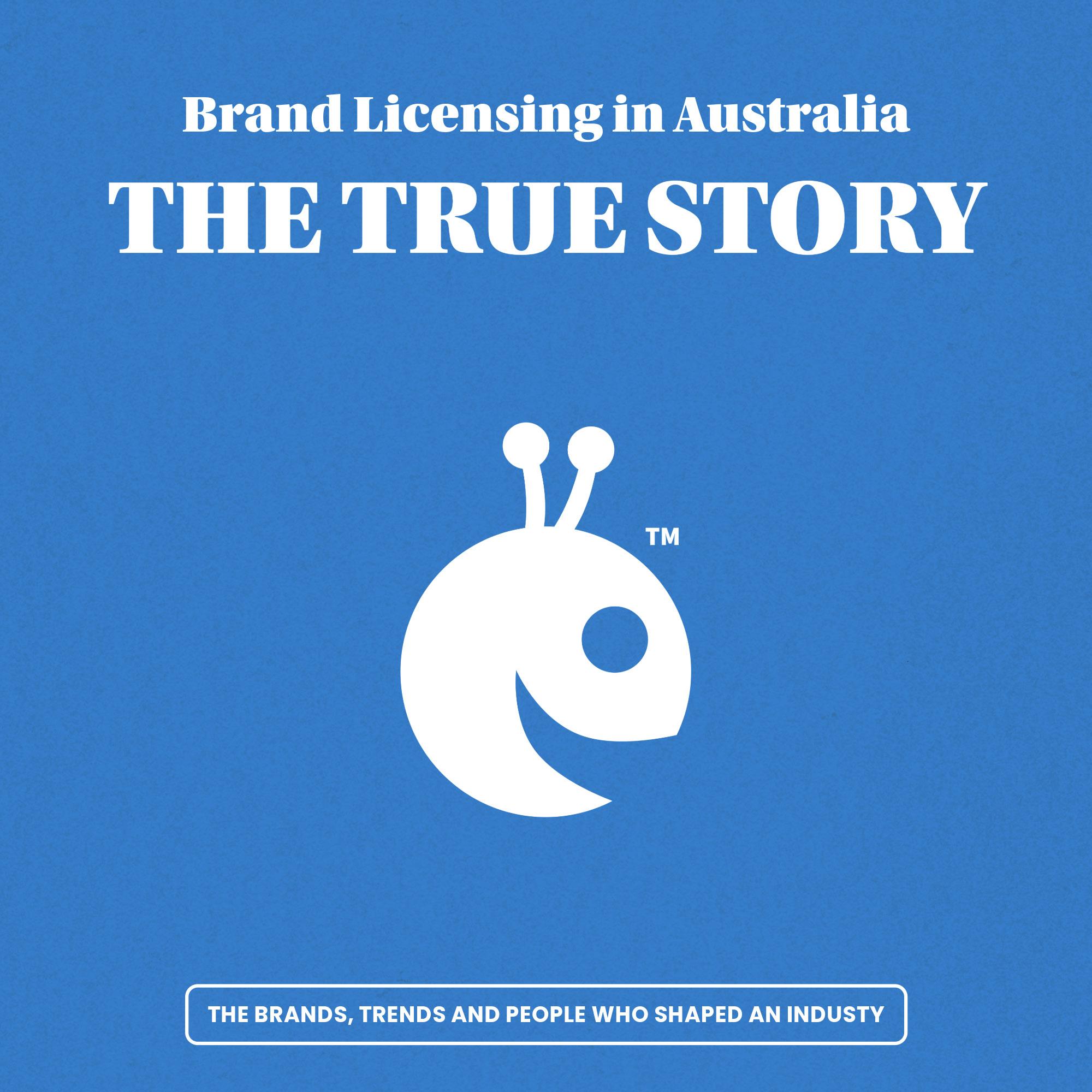
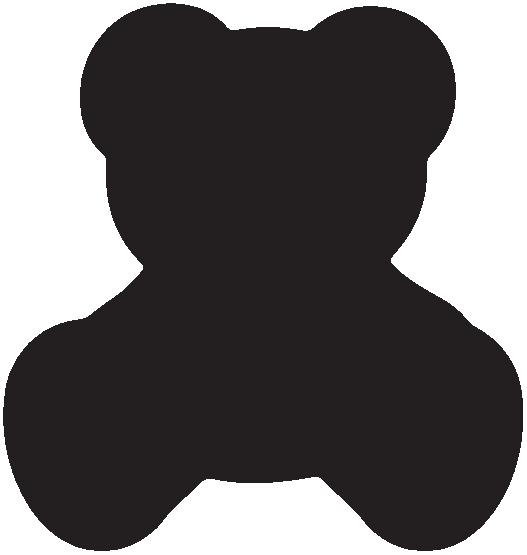






































Melbourne Convention and Exhibition Centre

